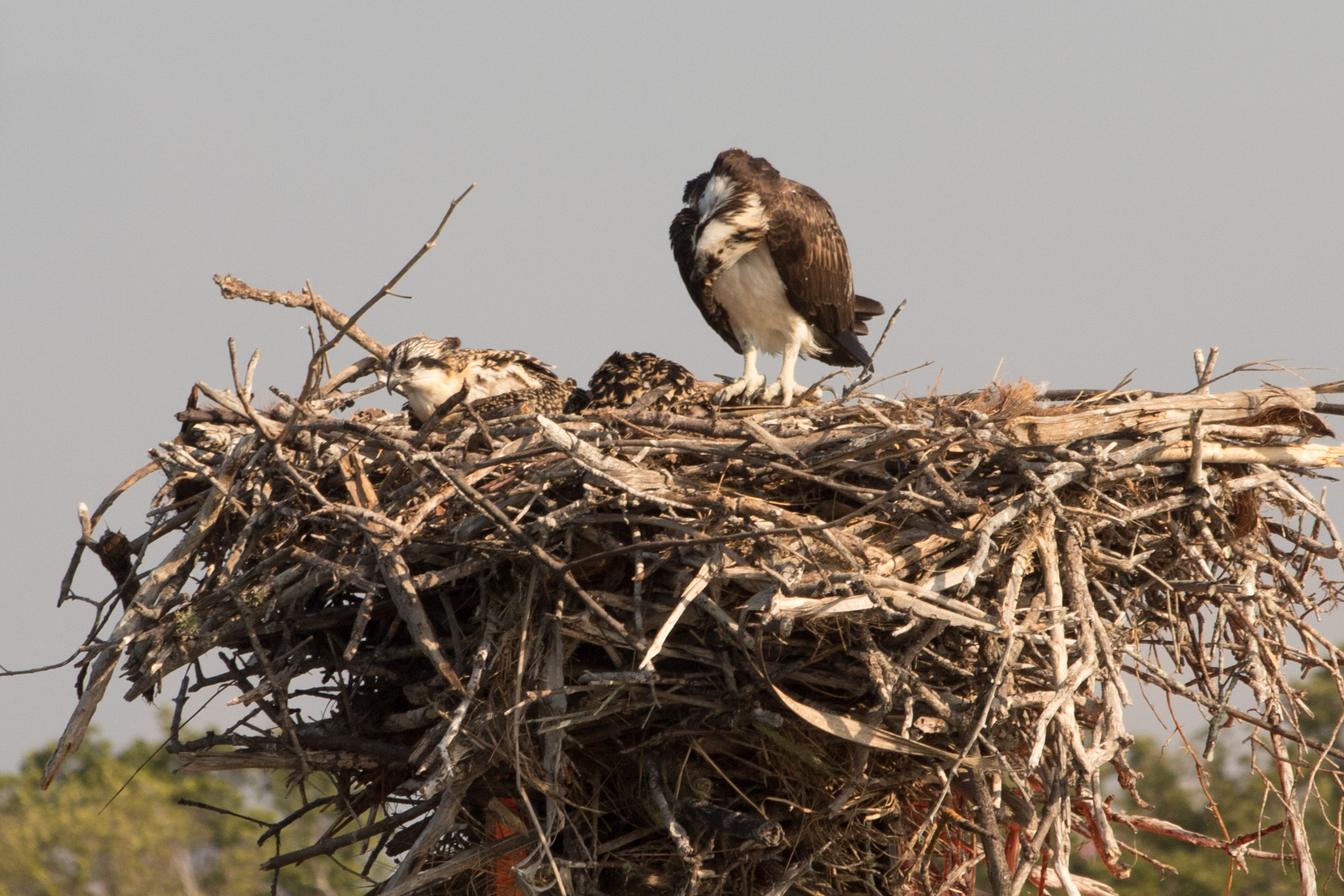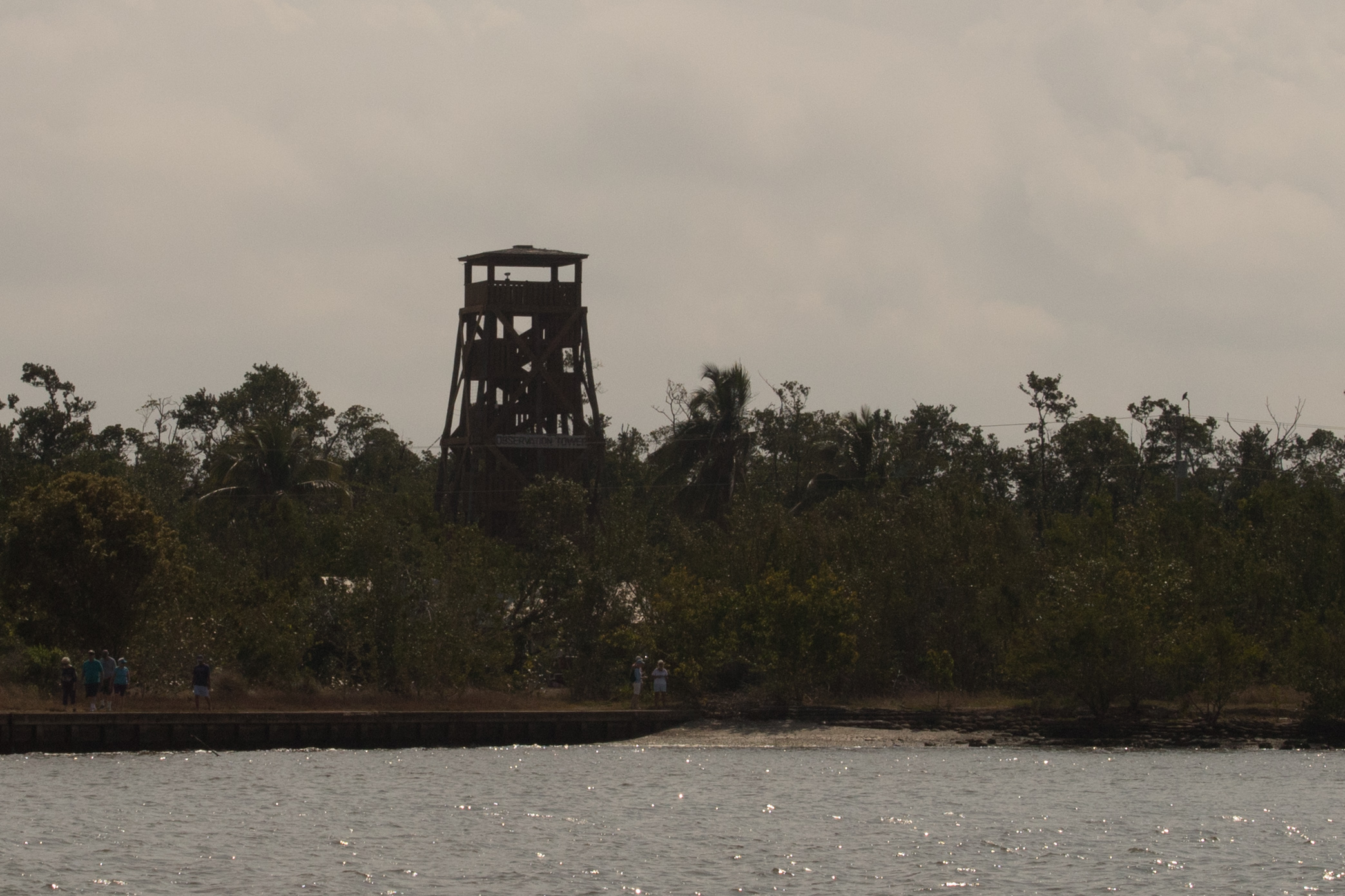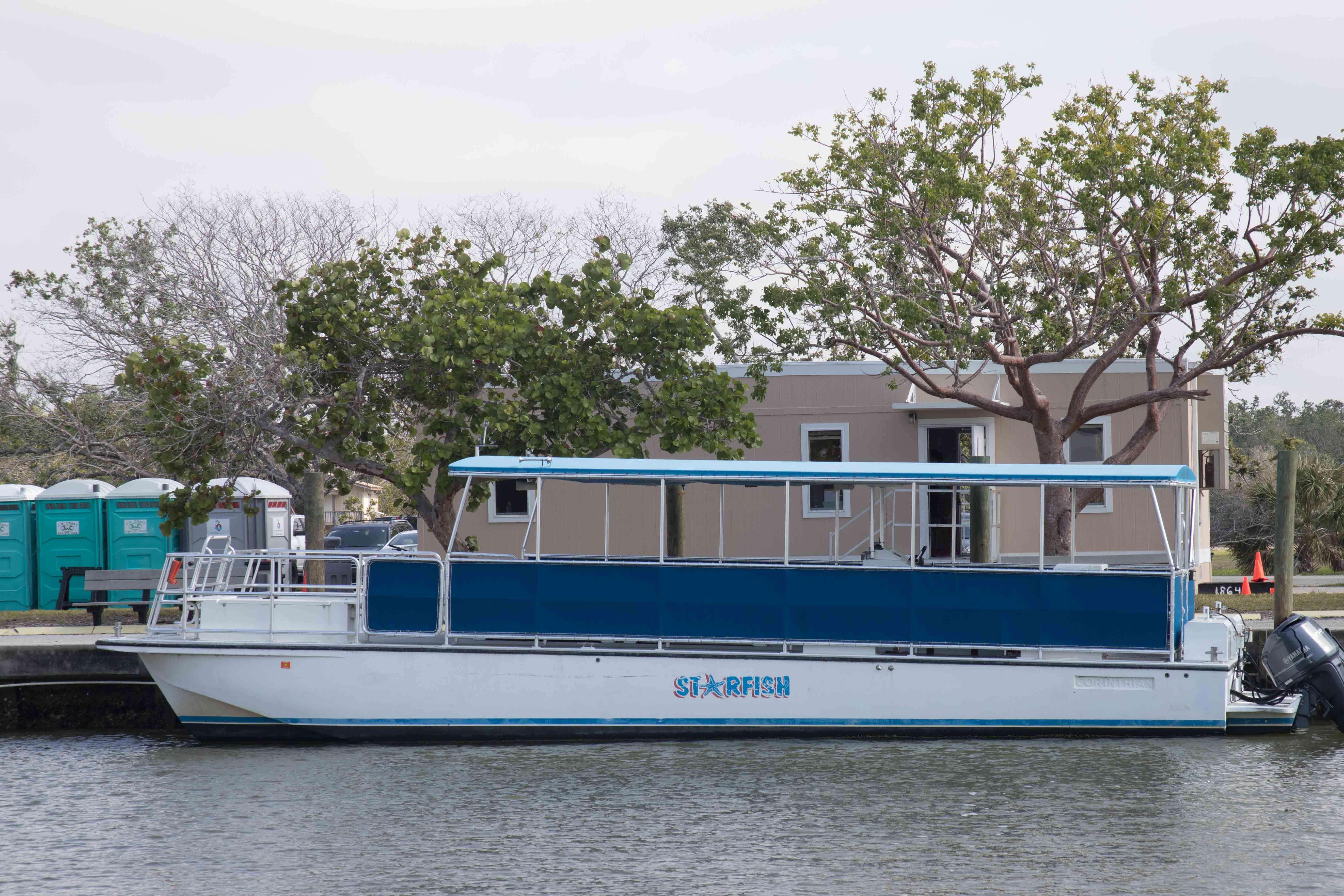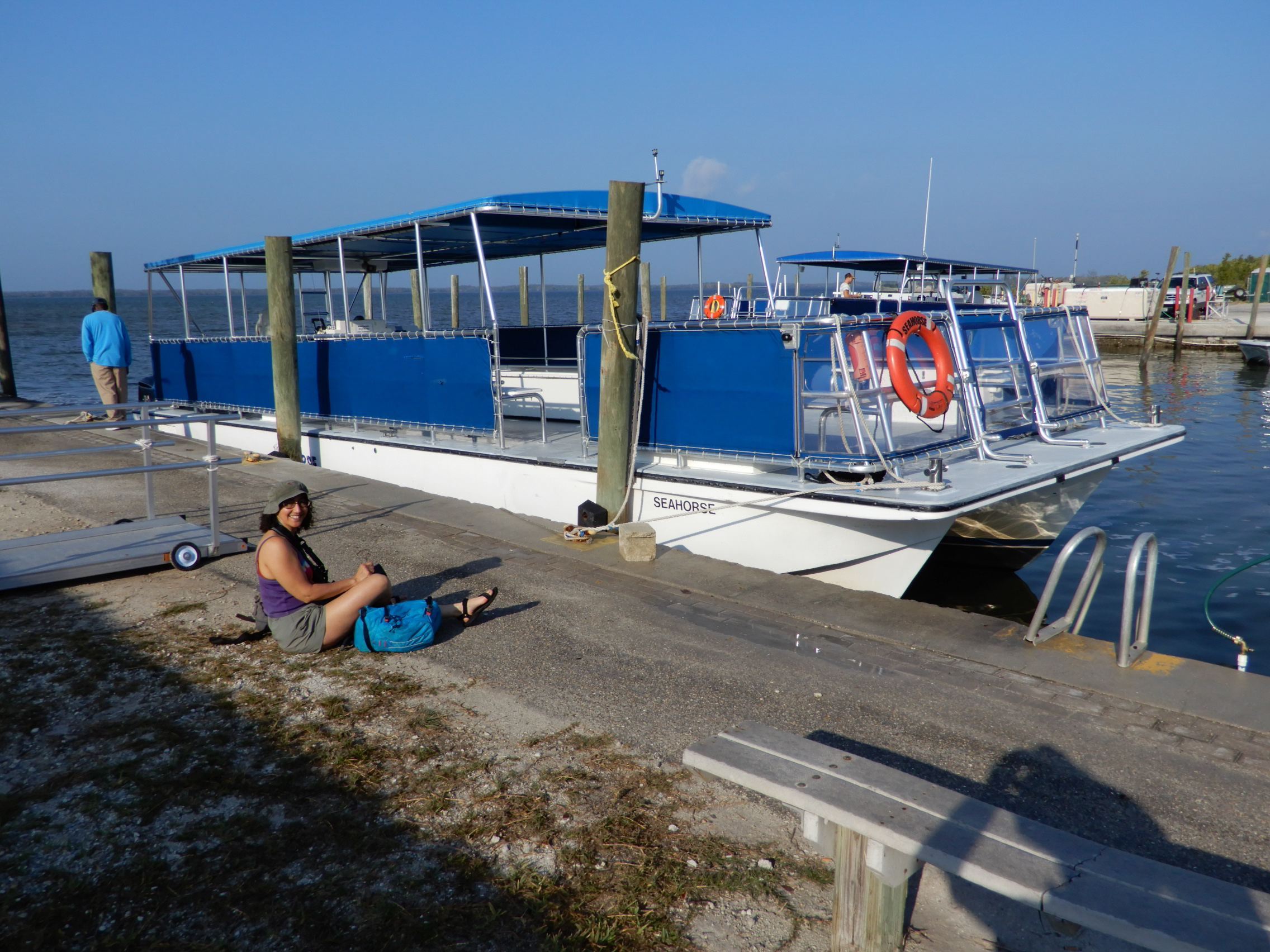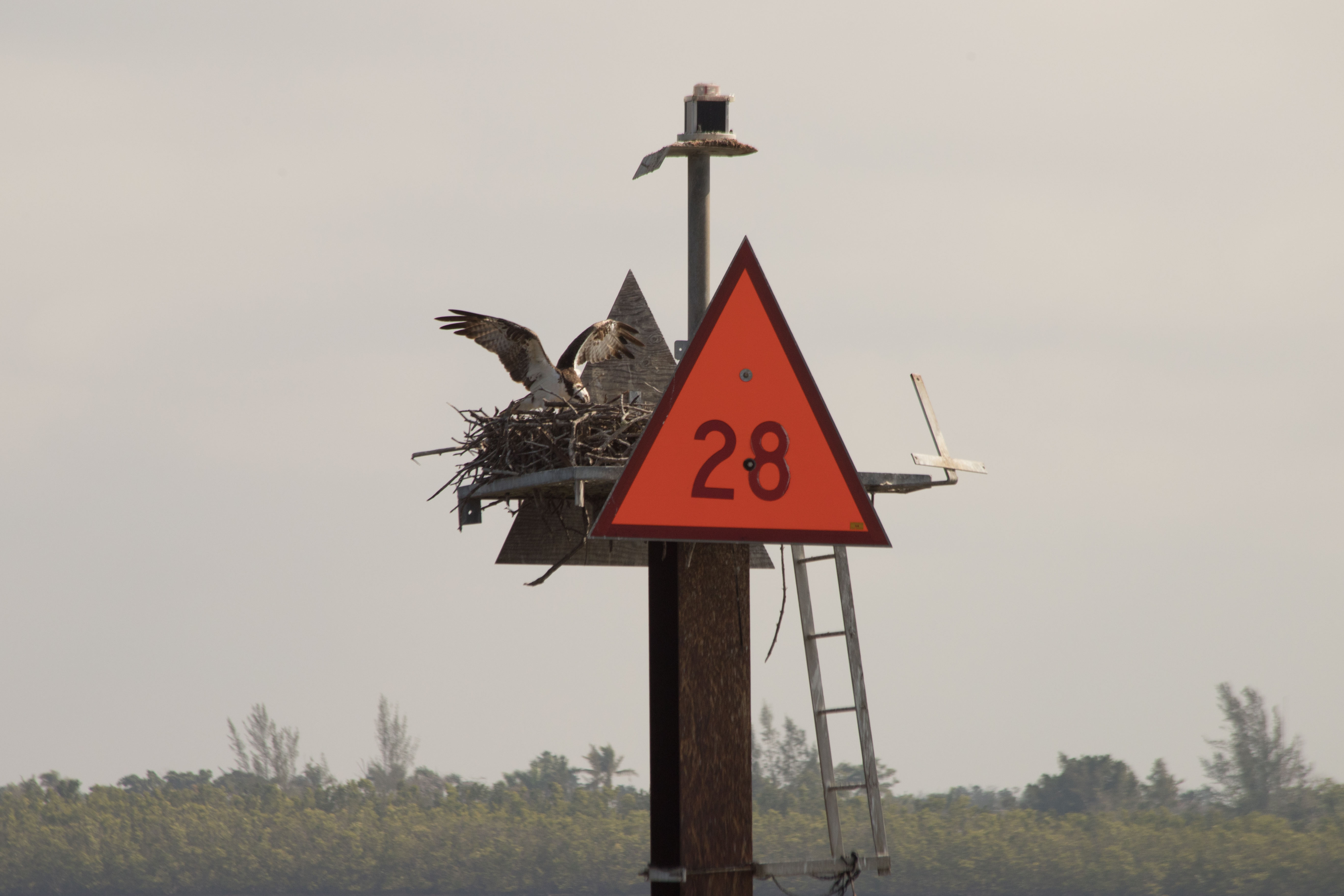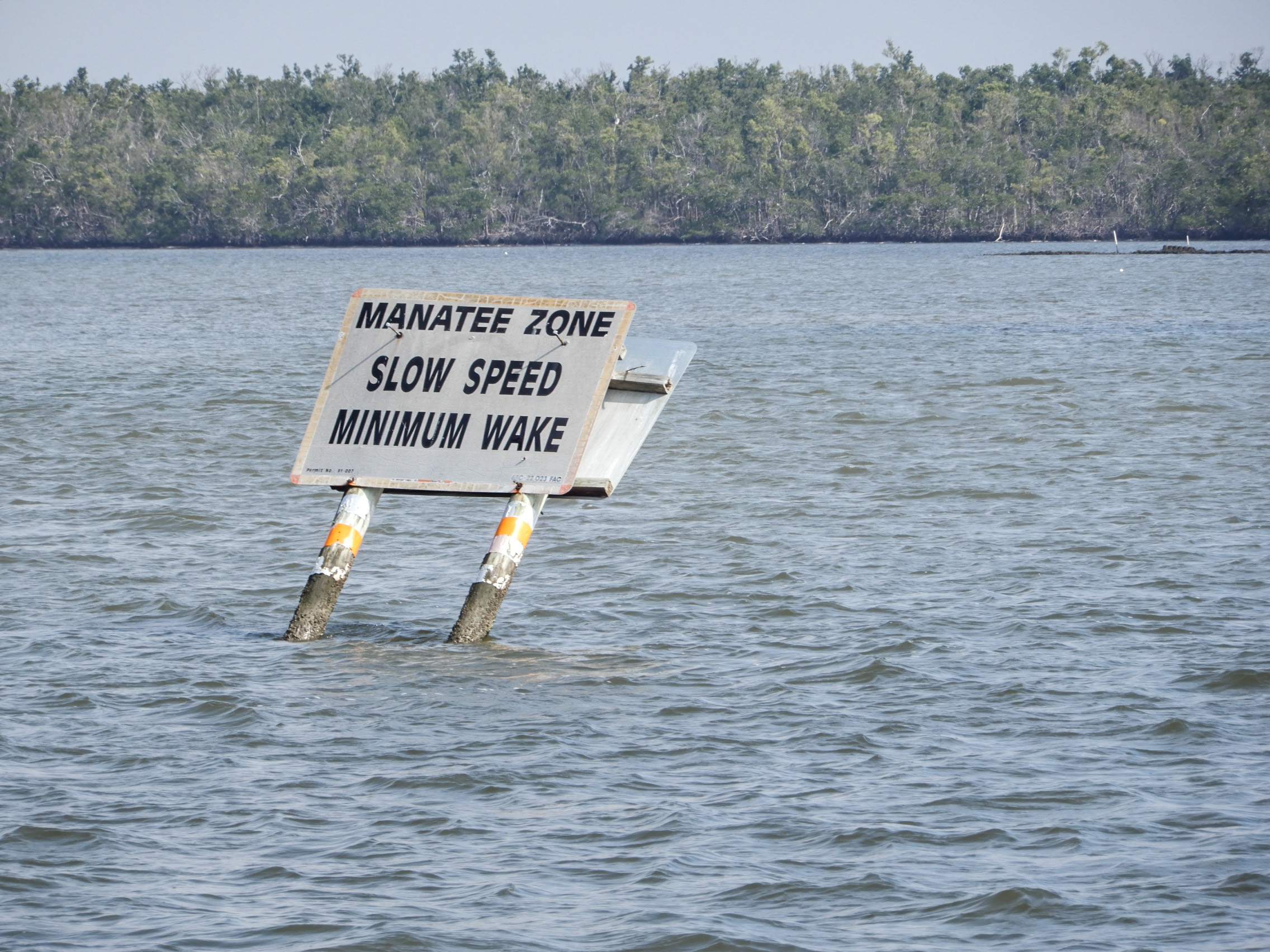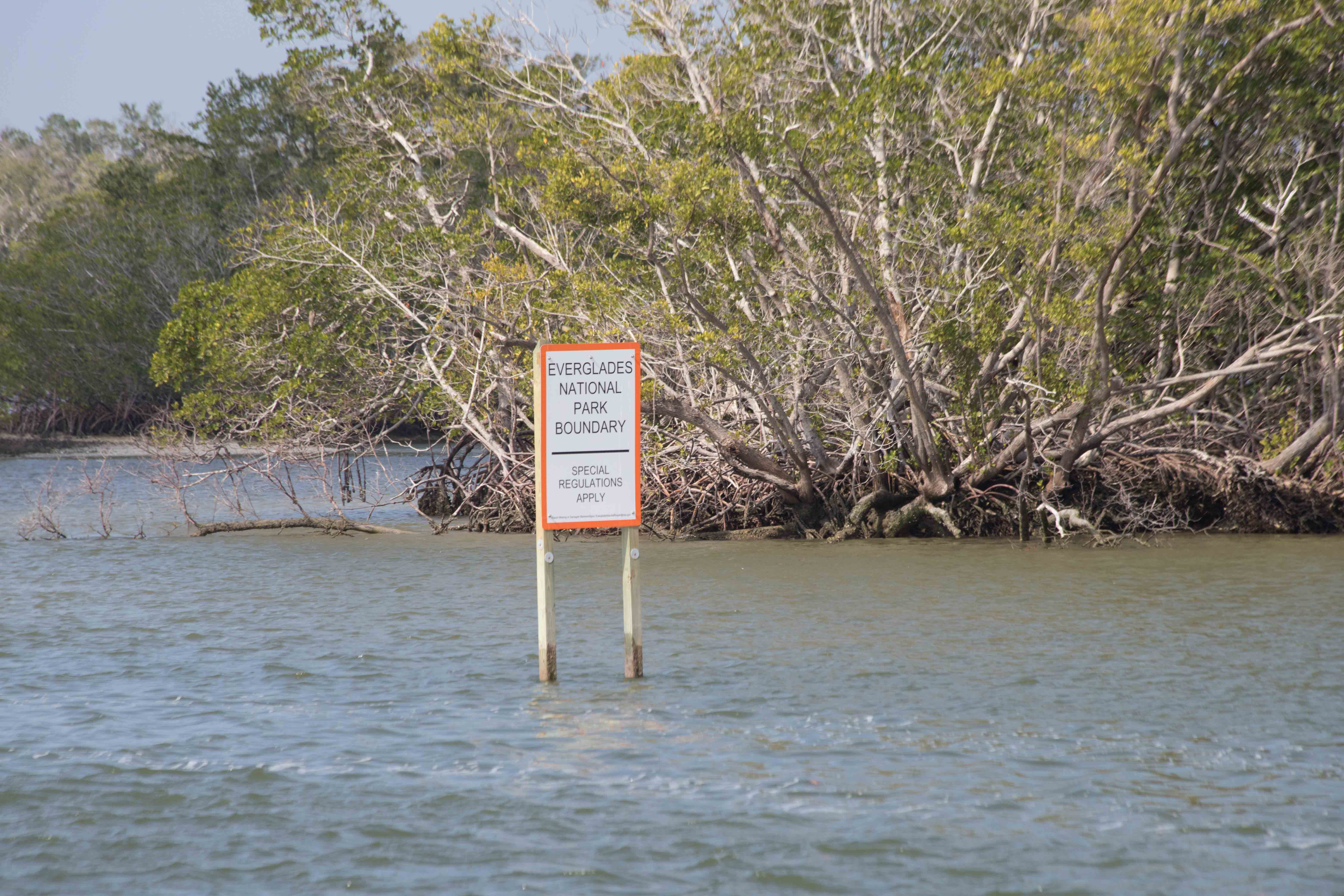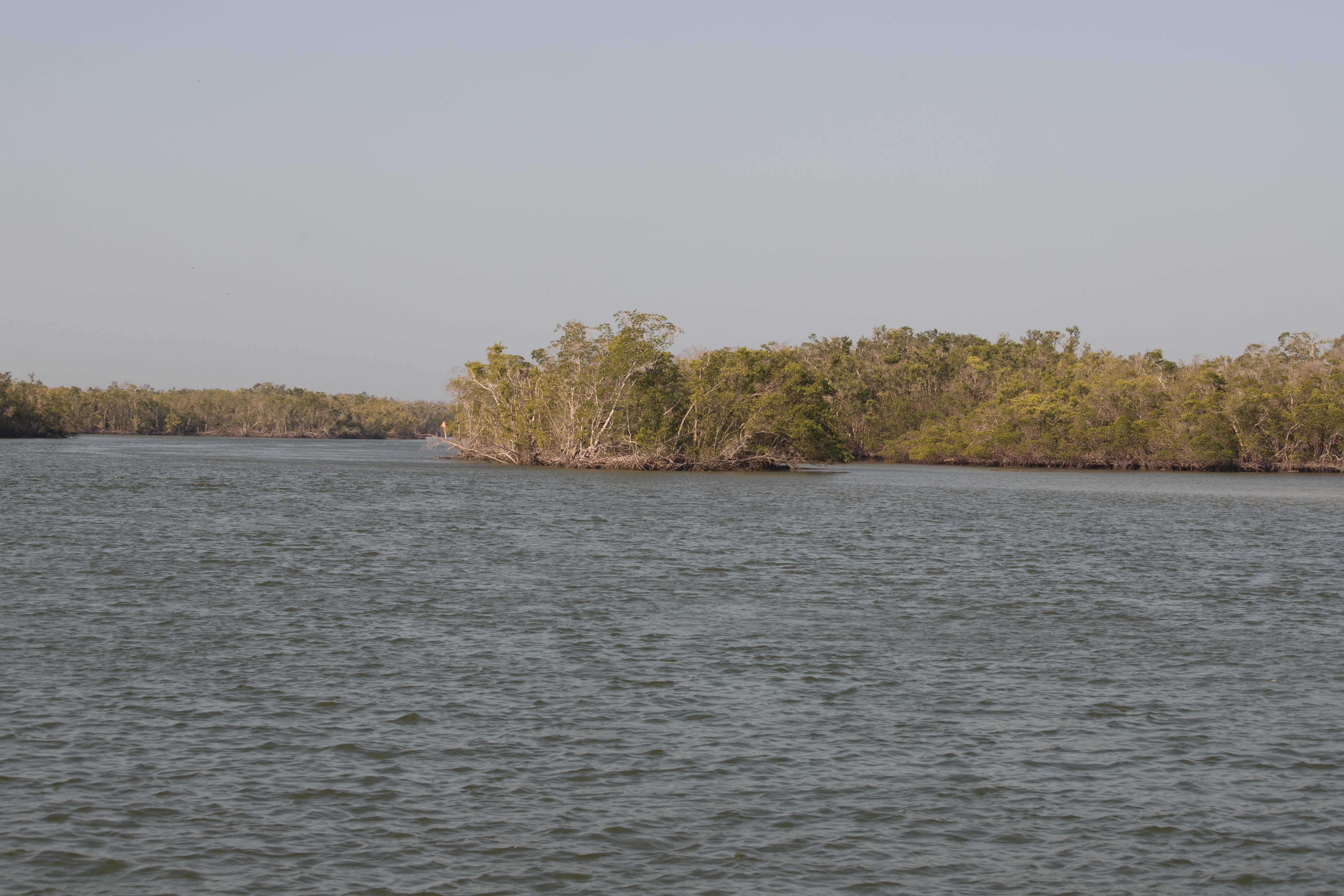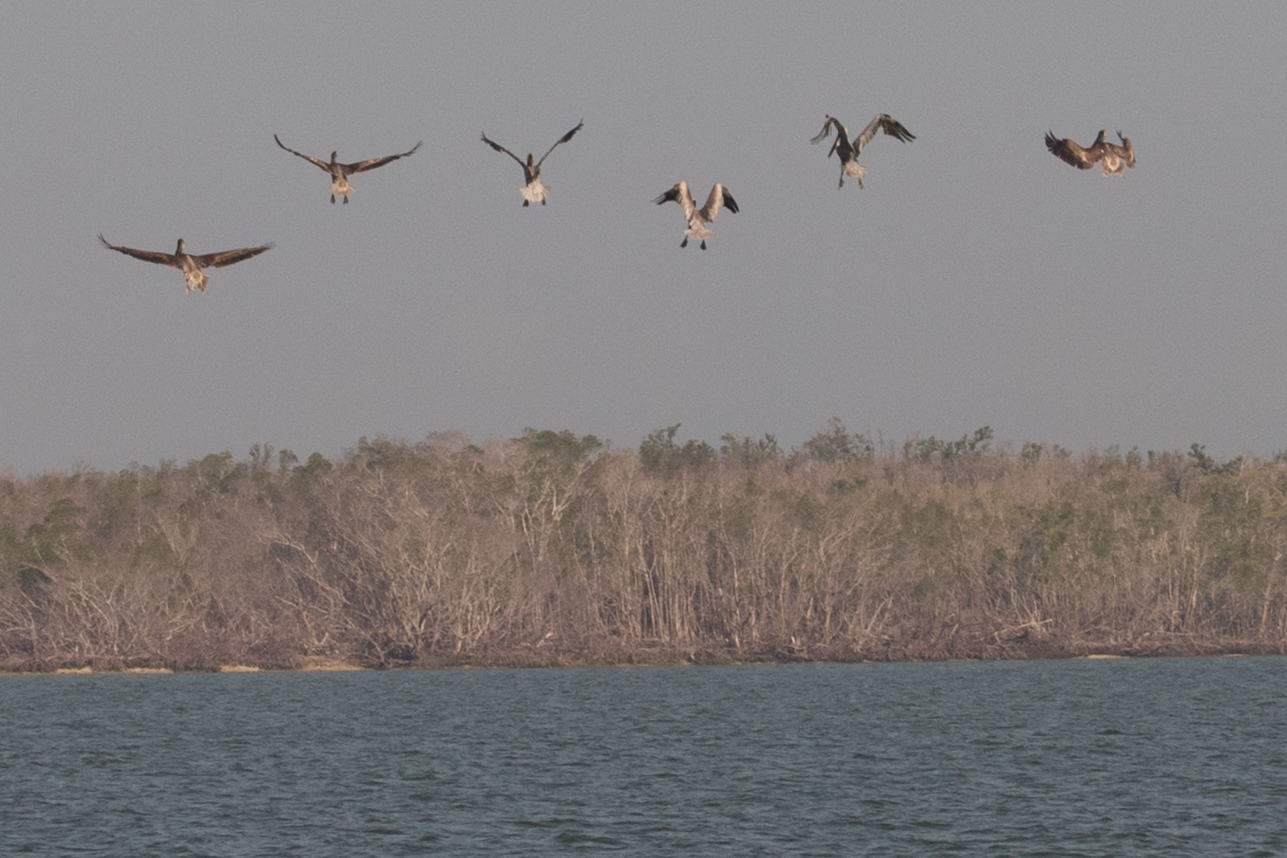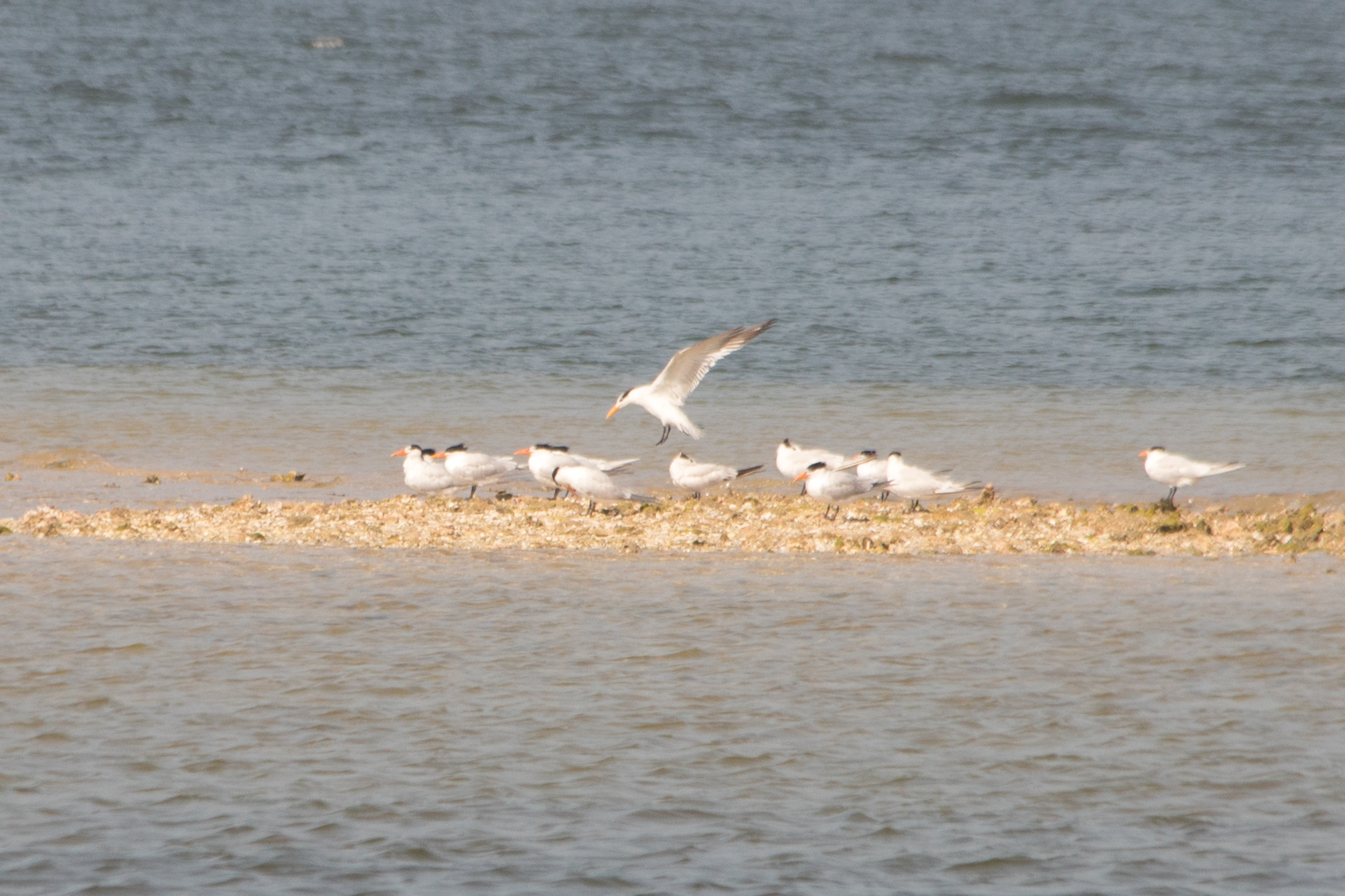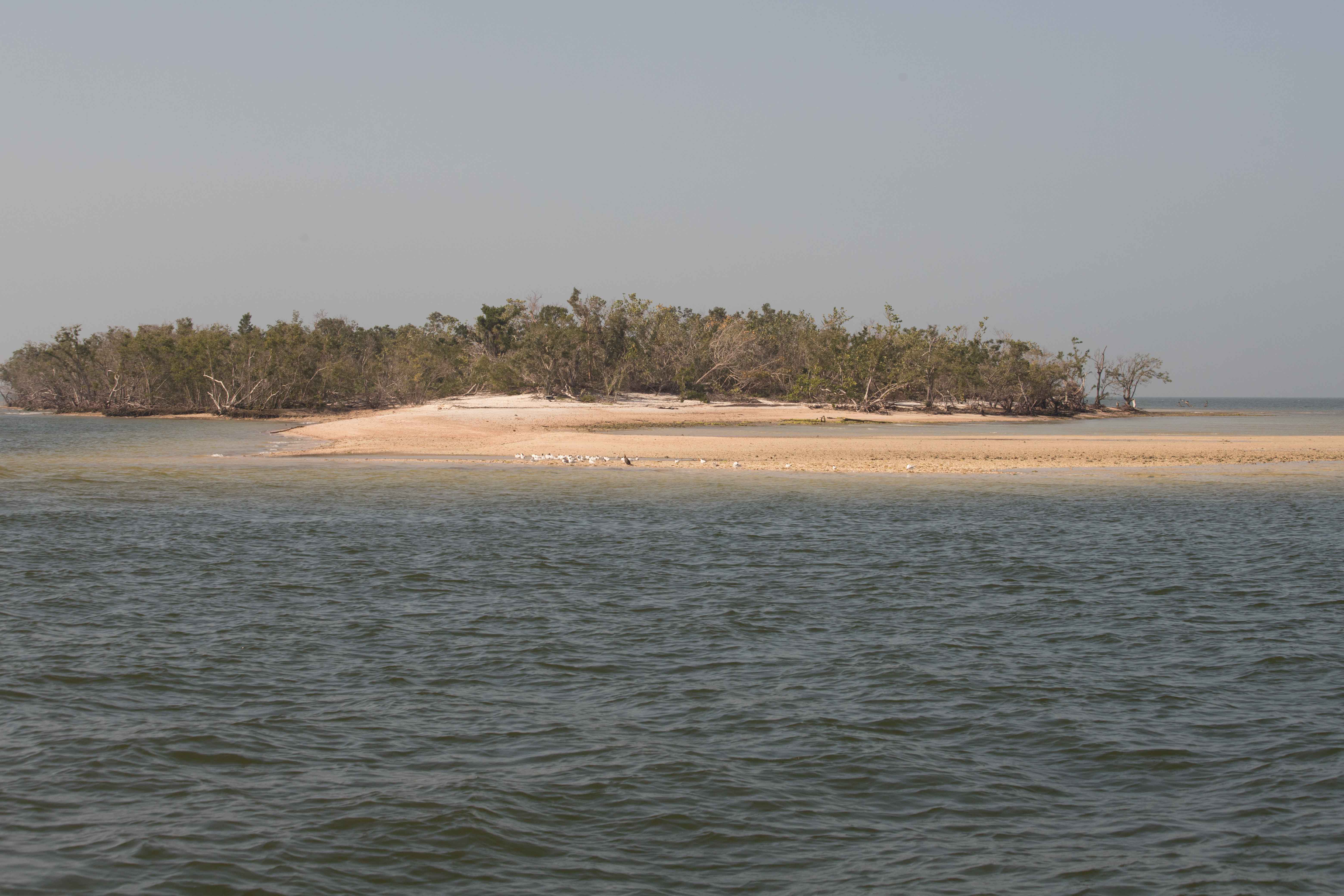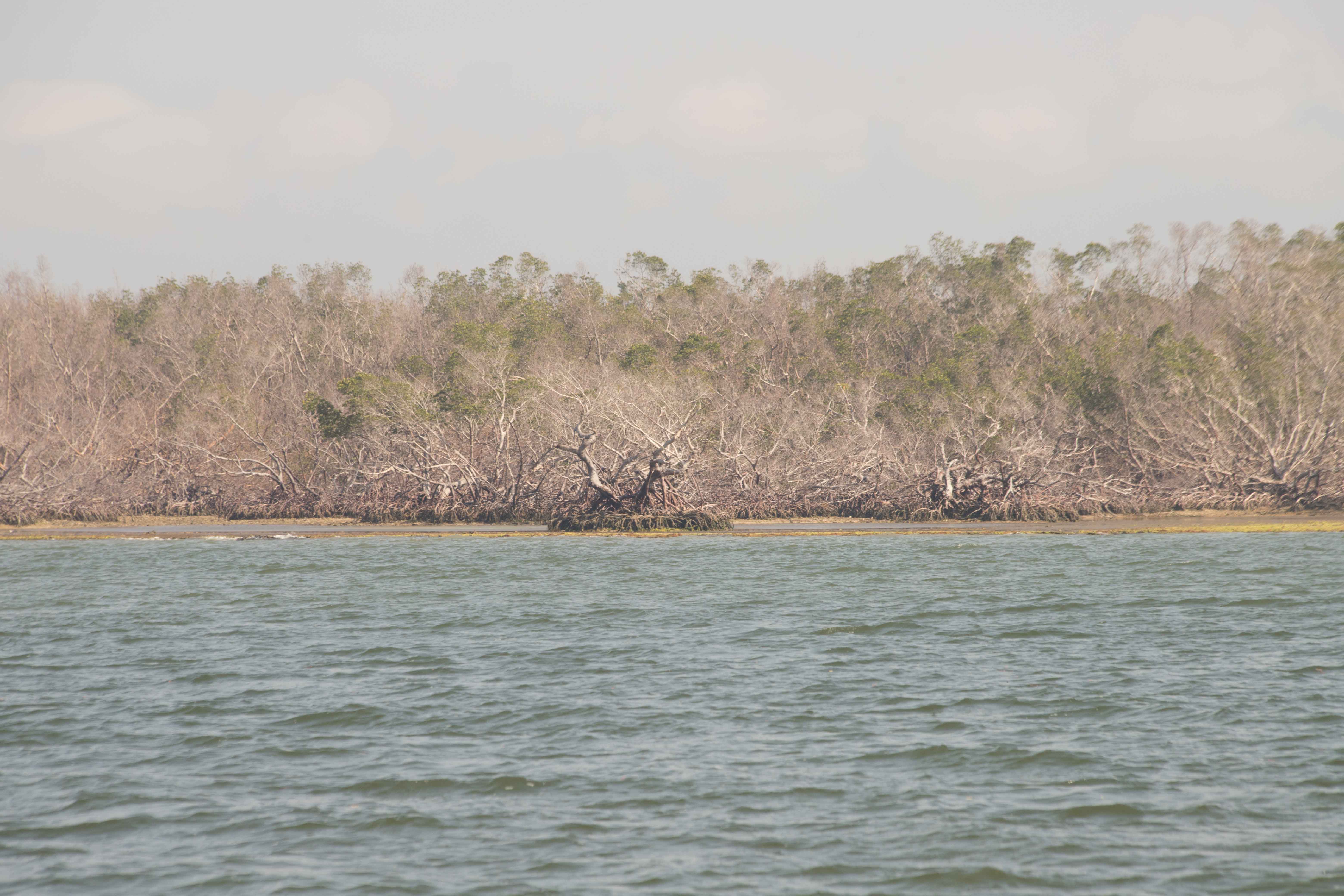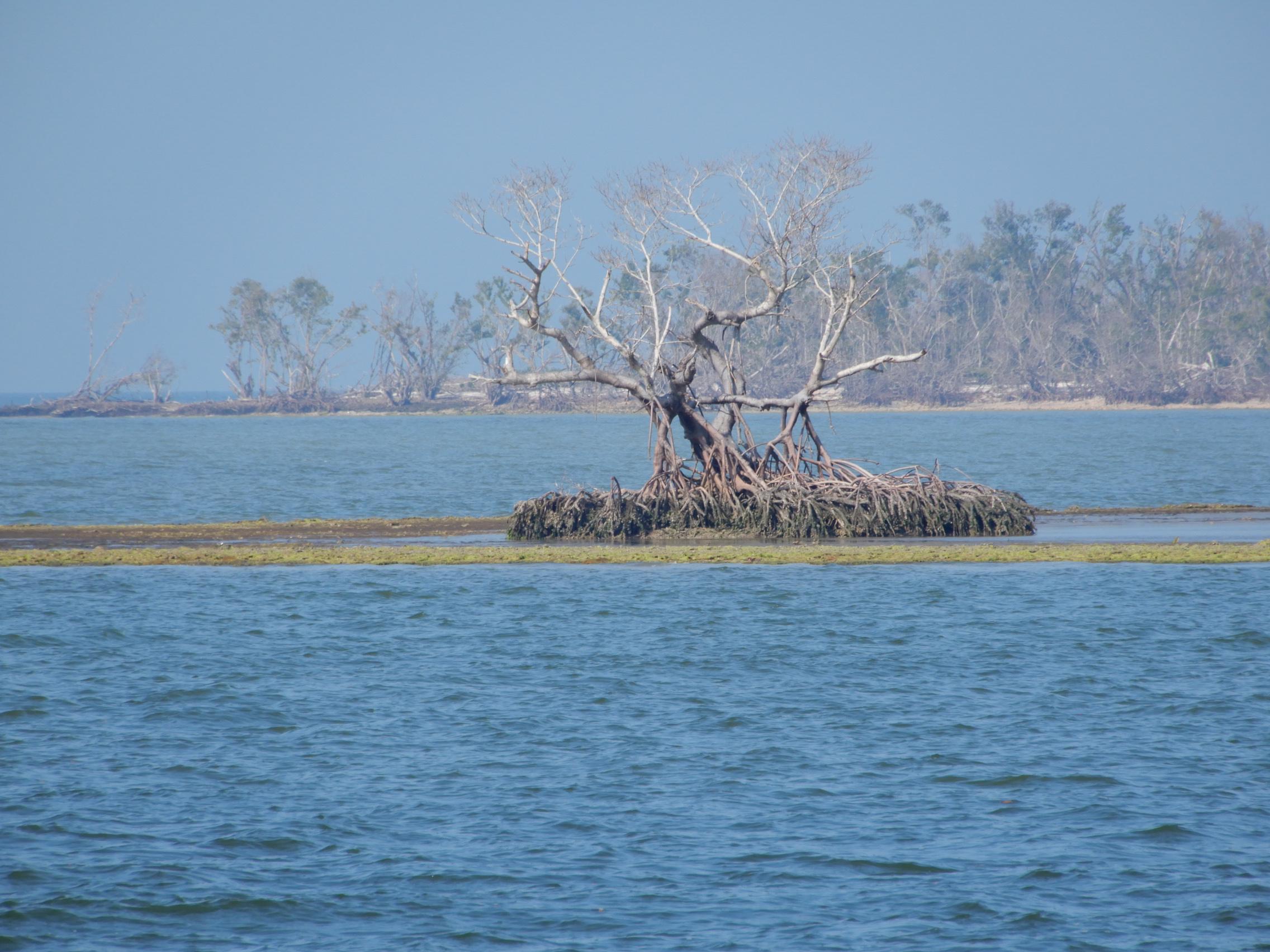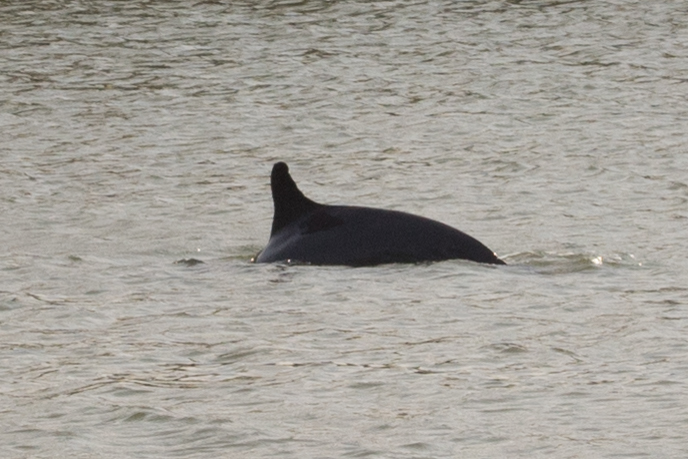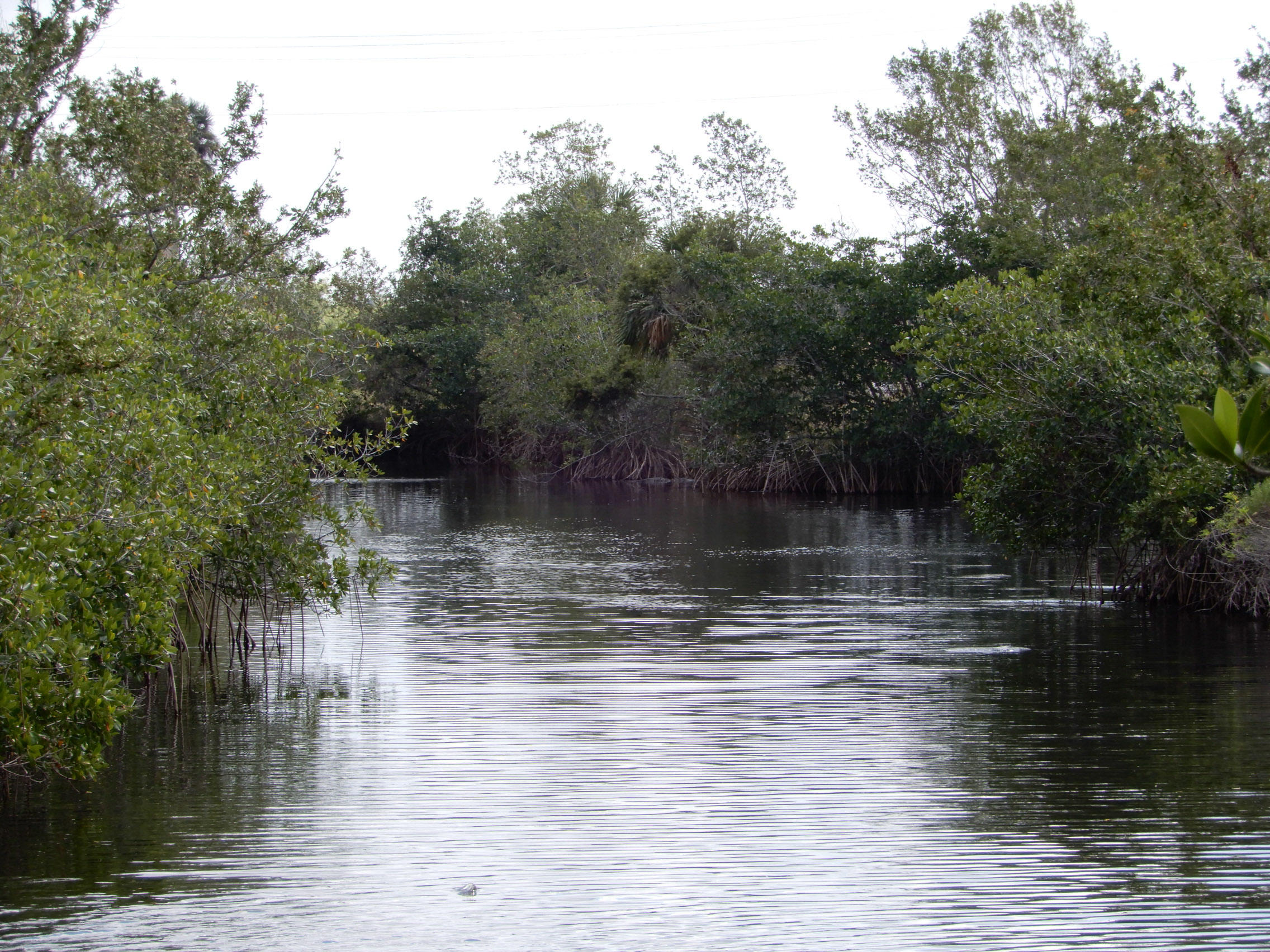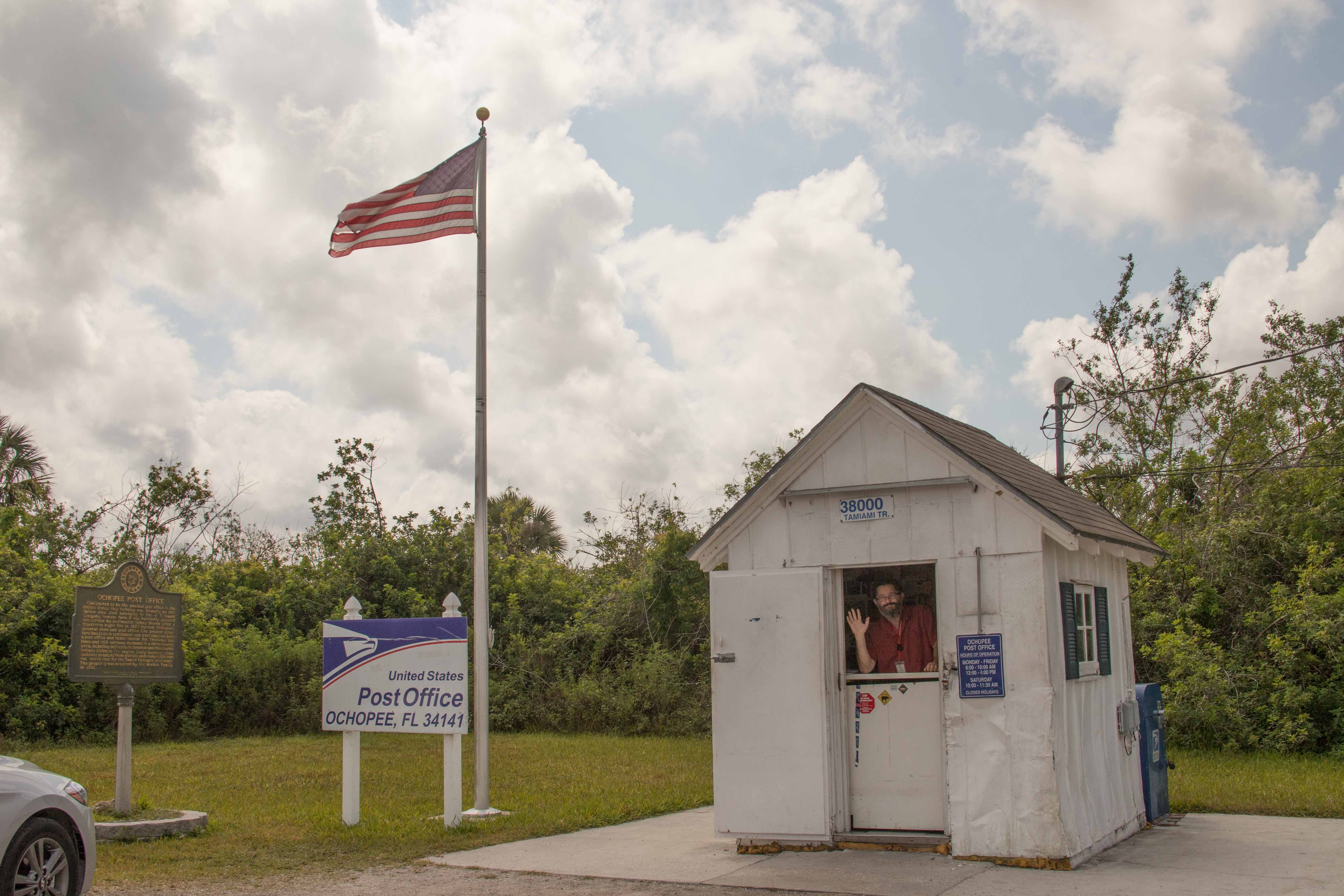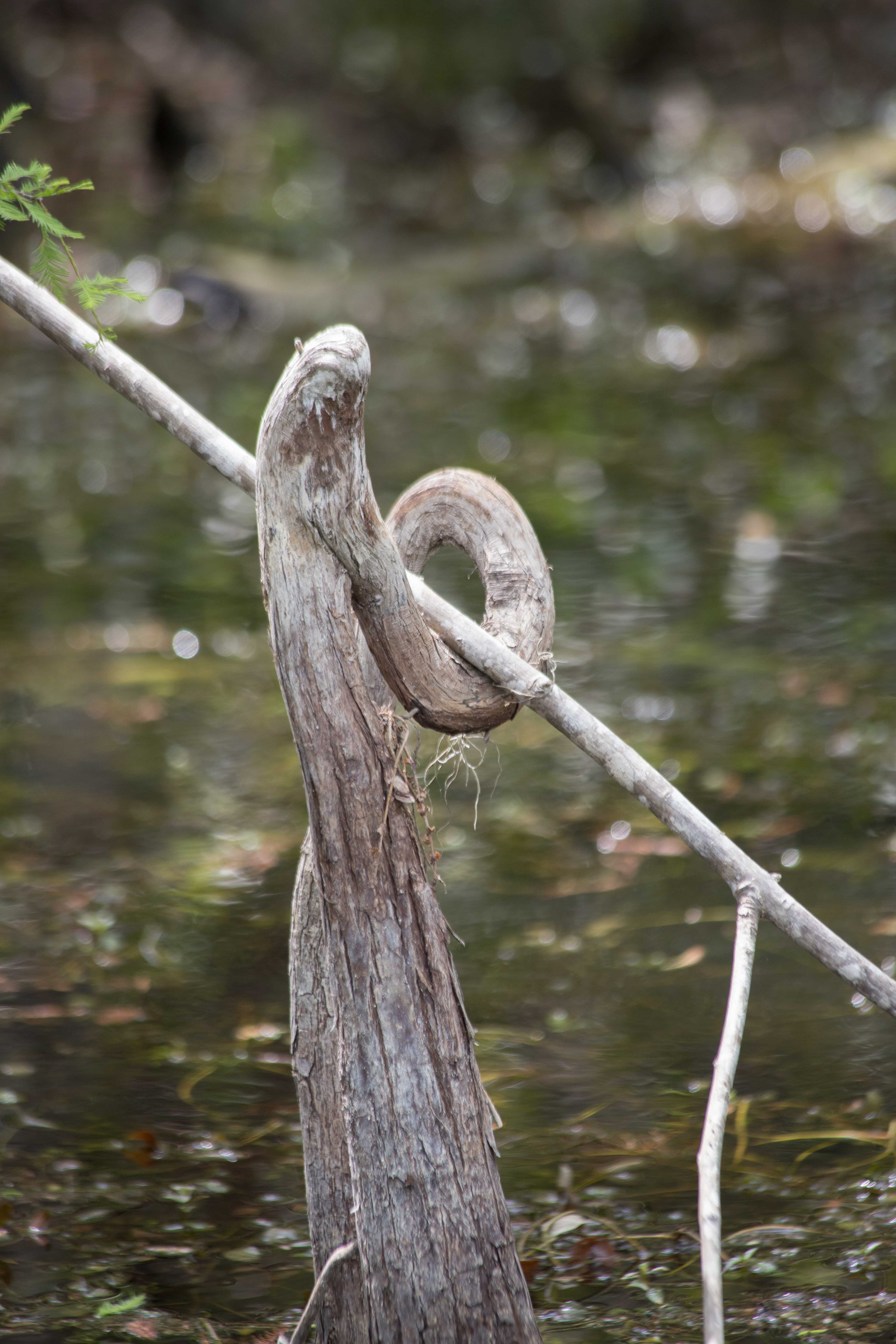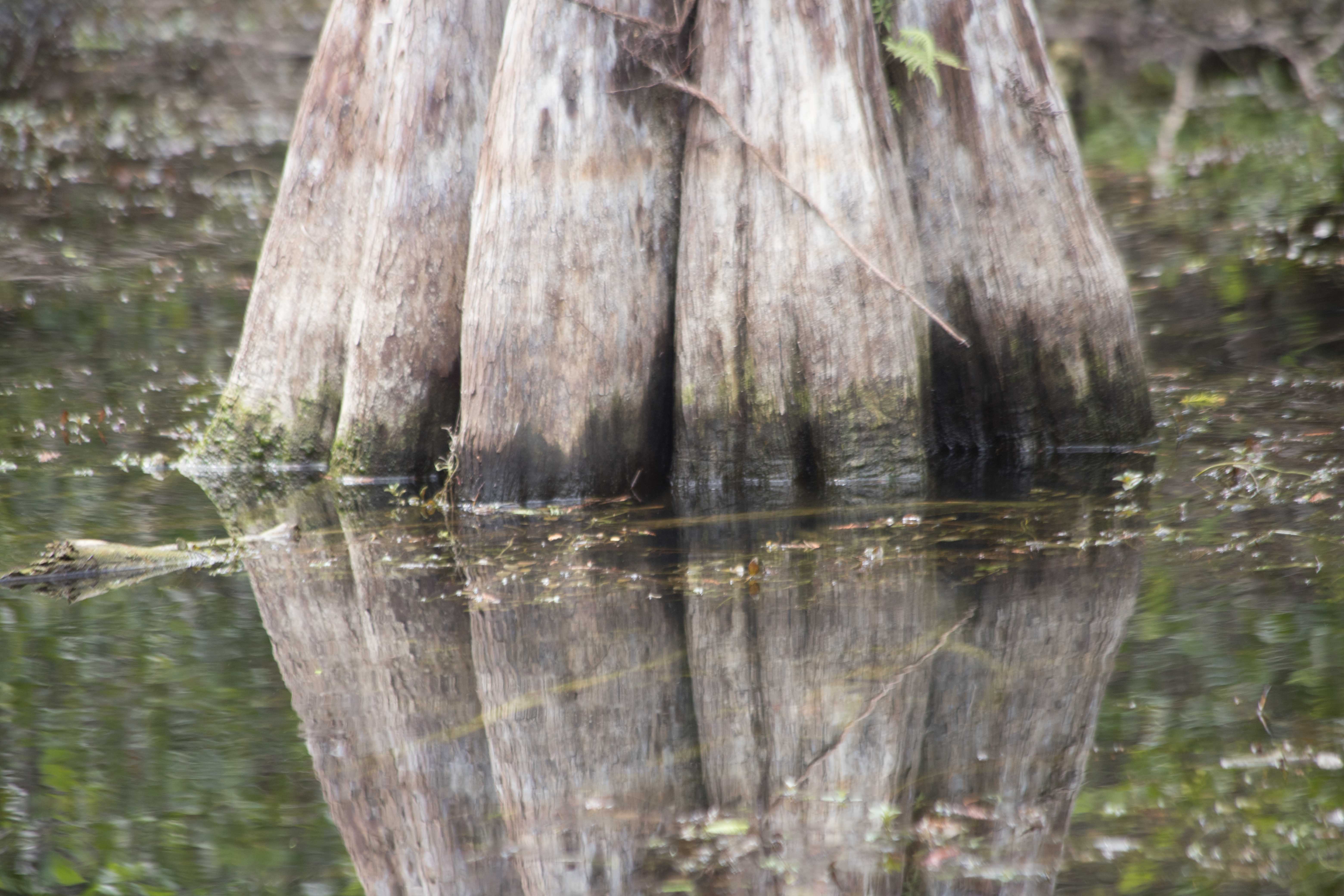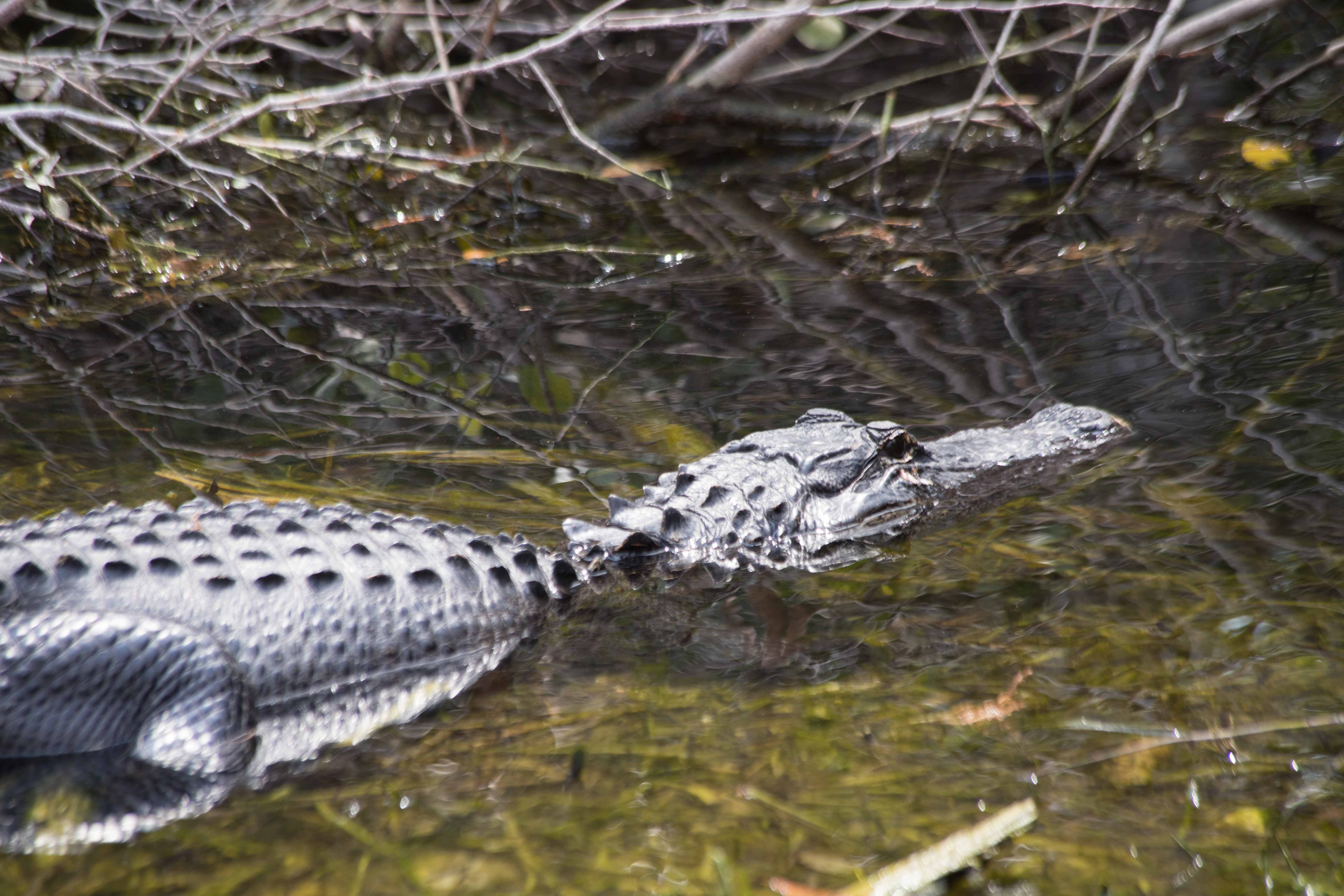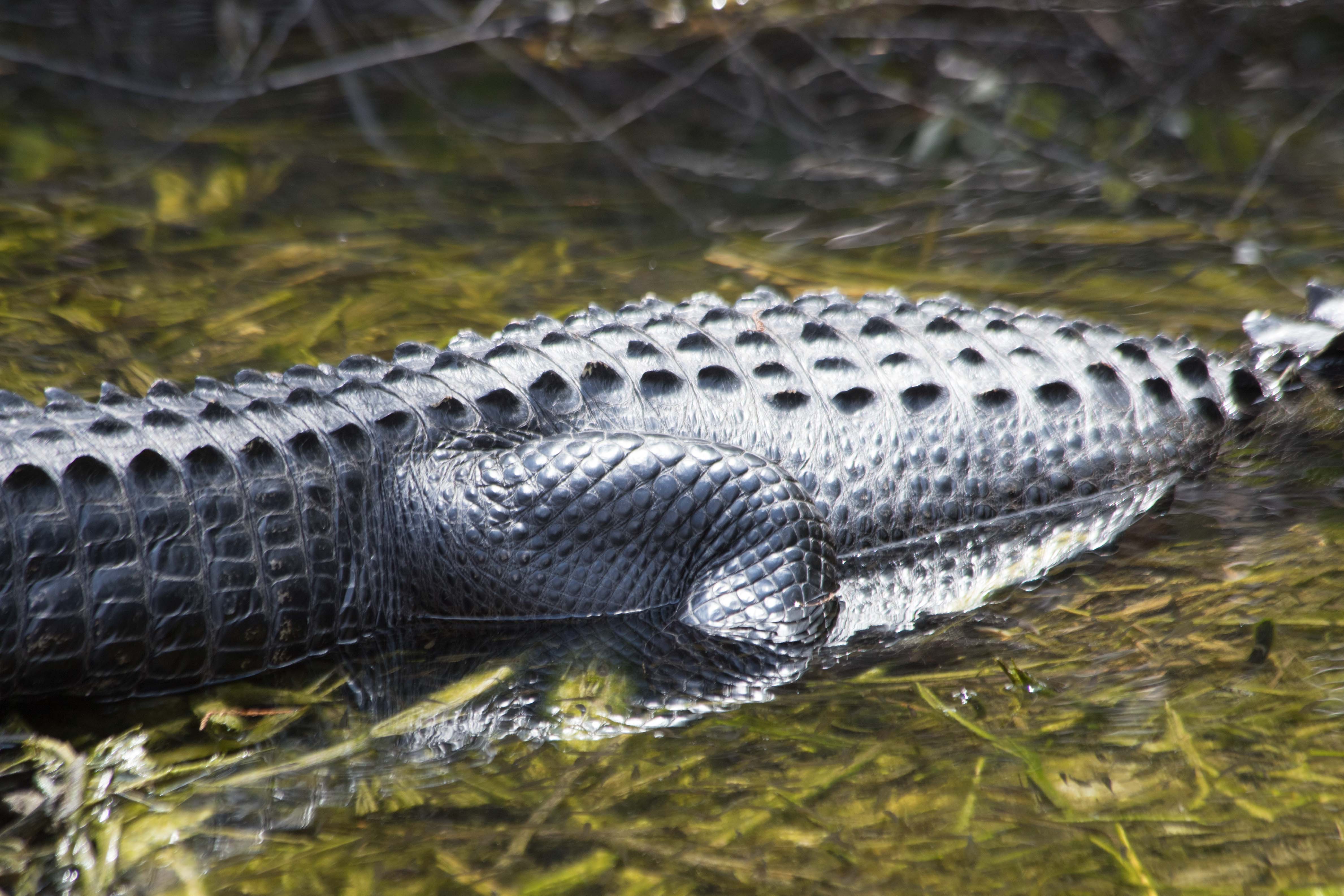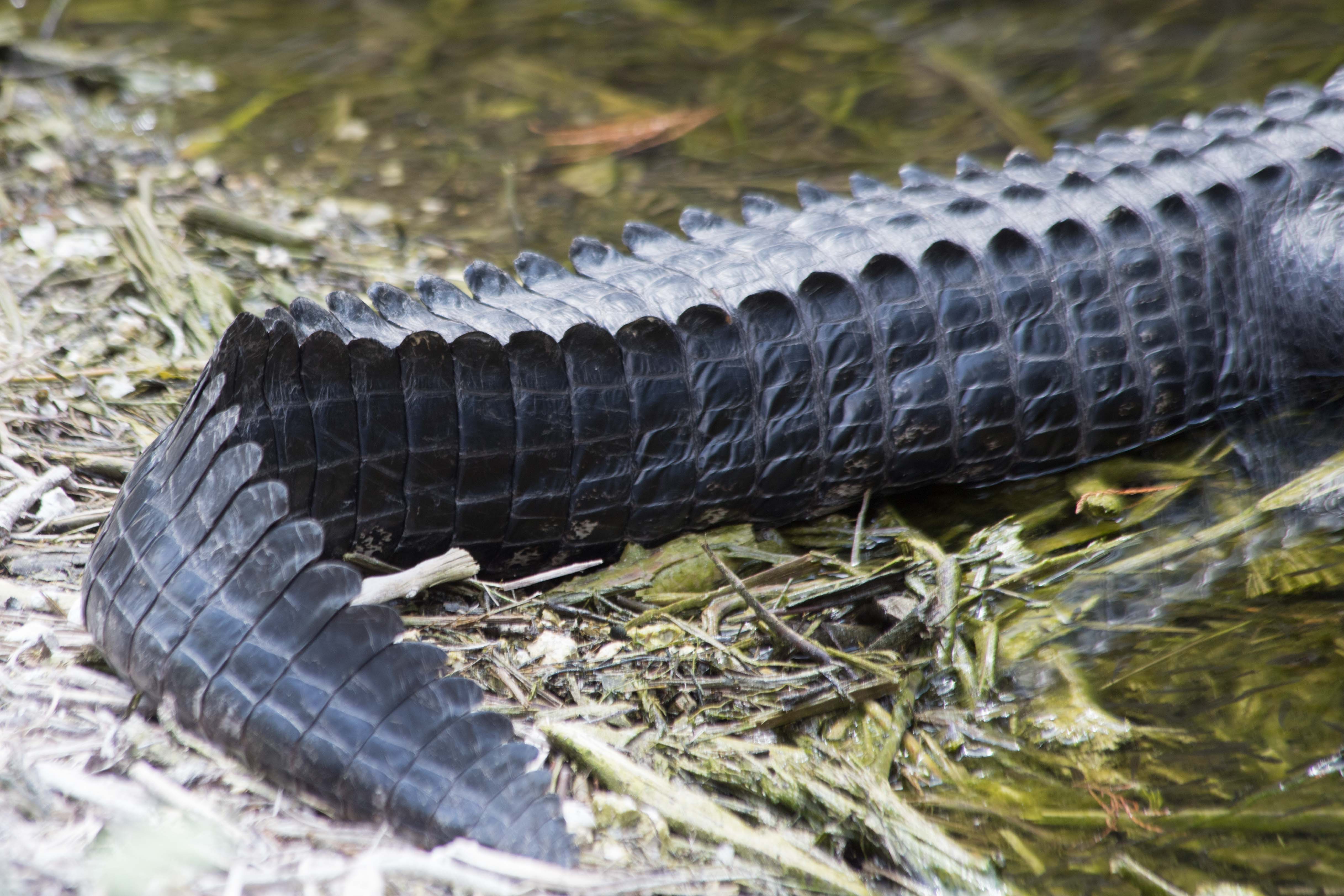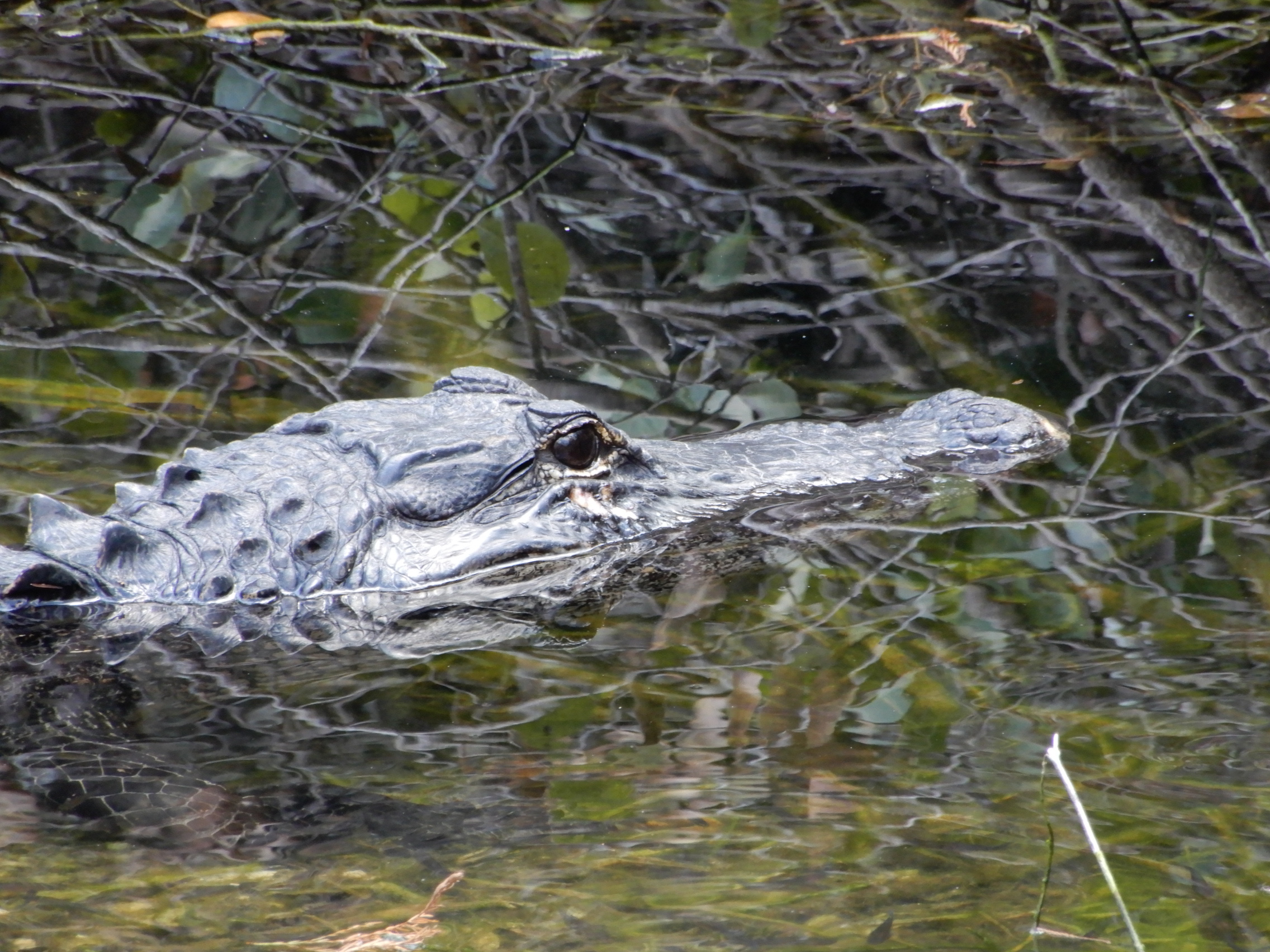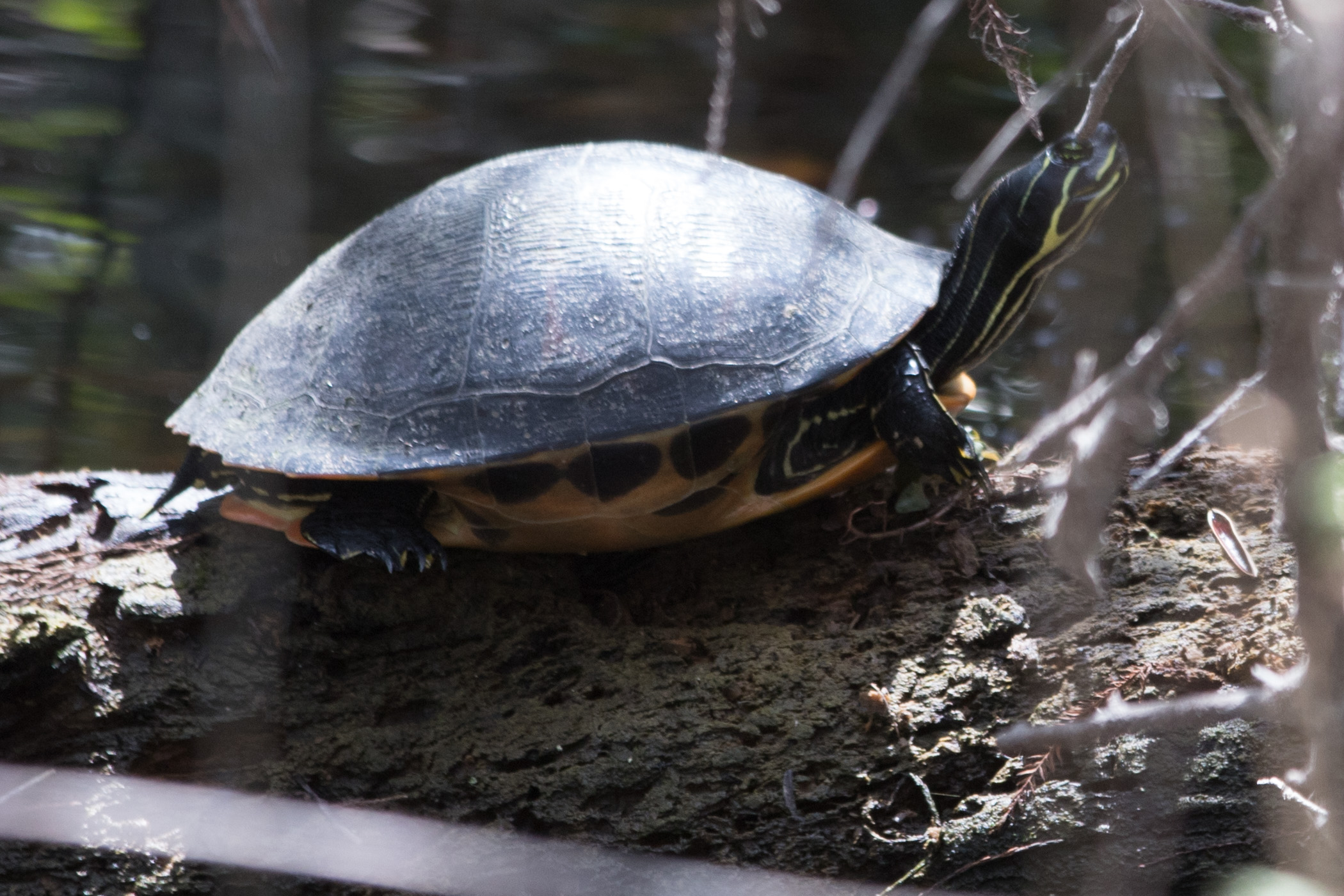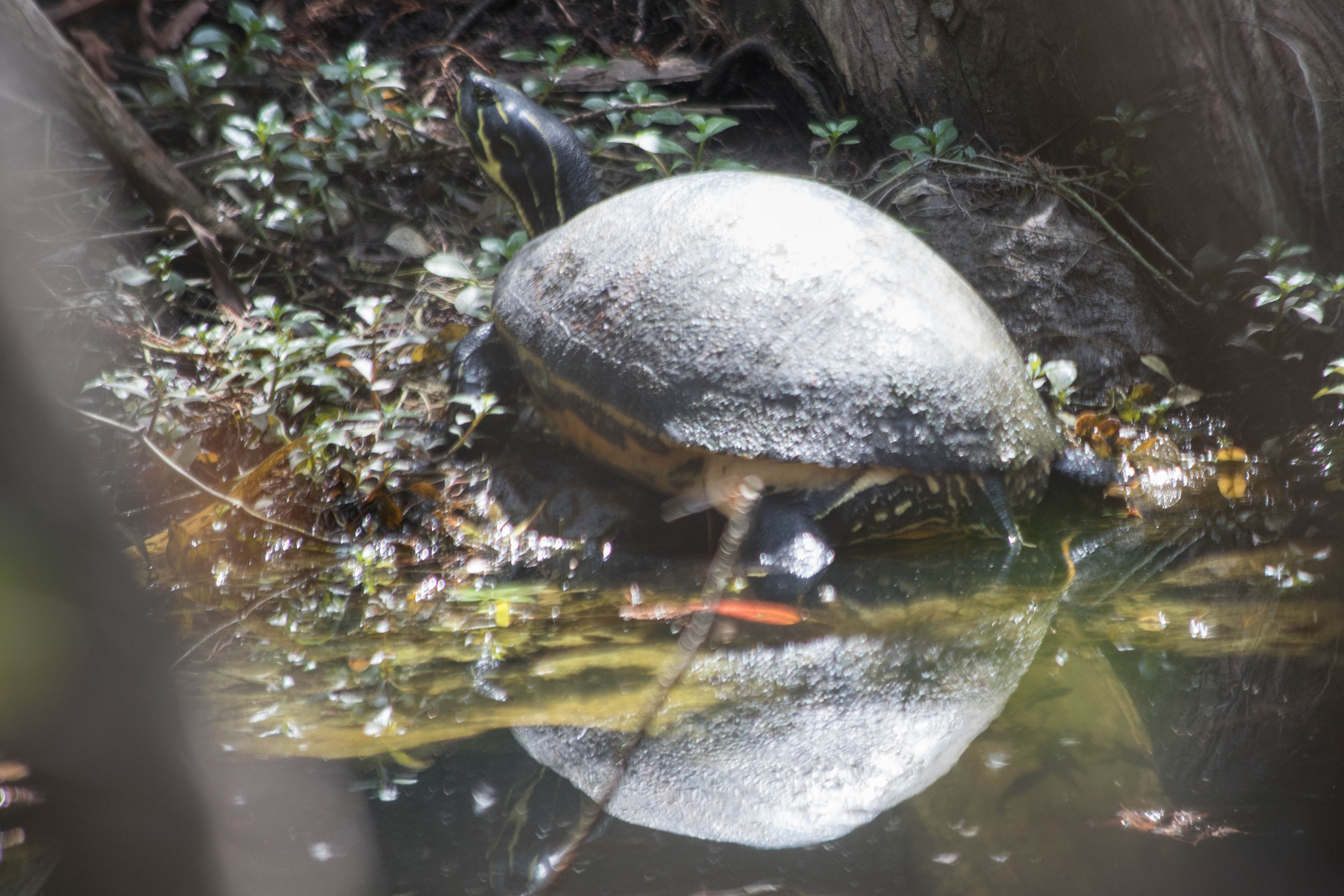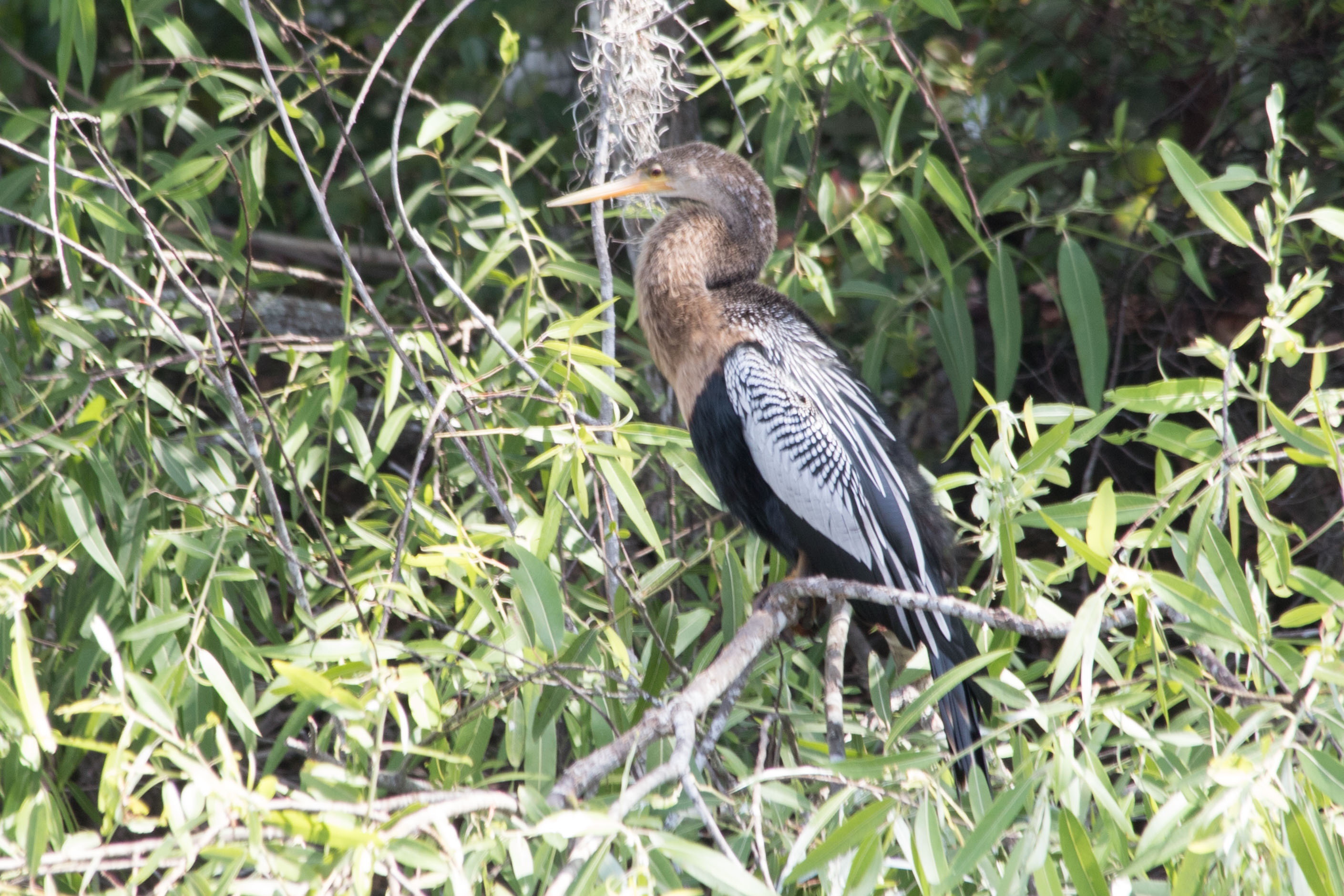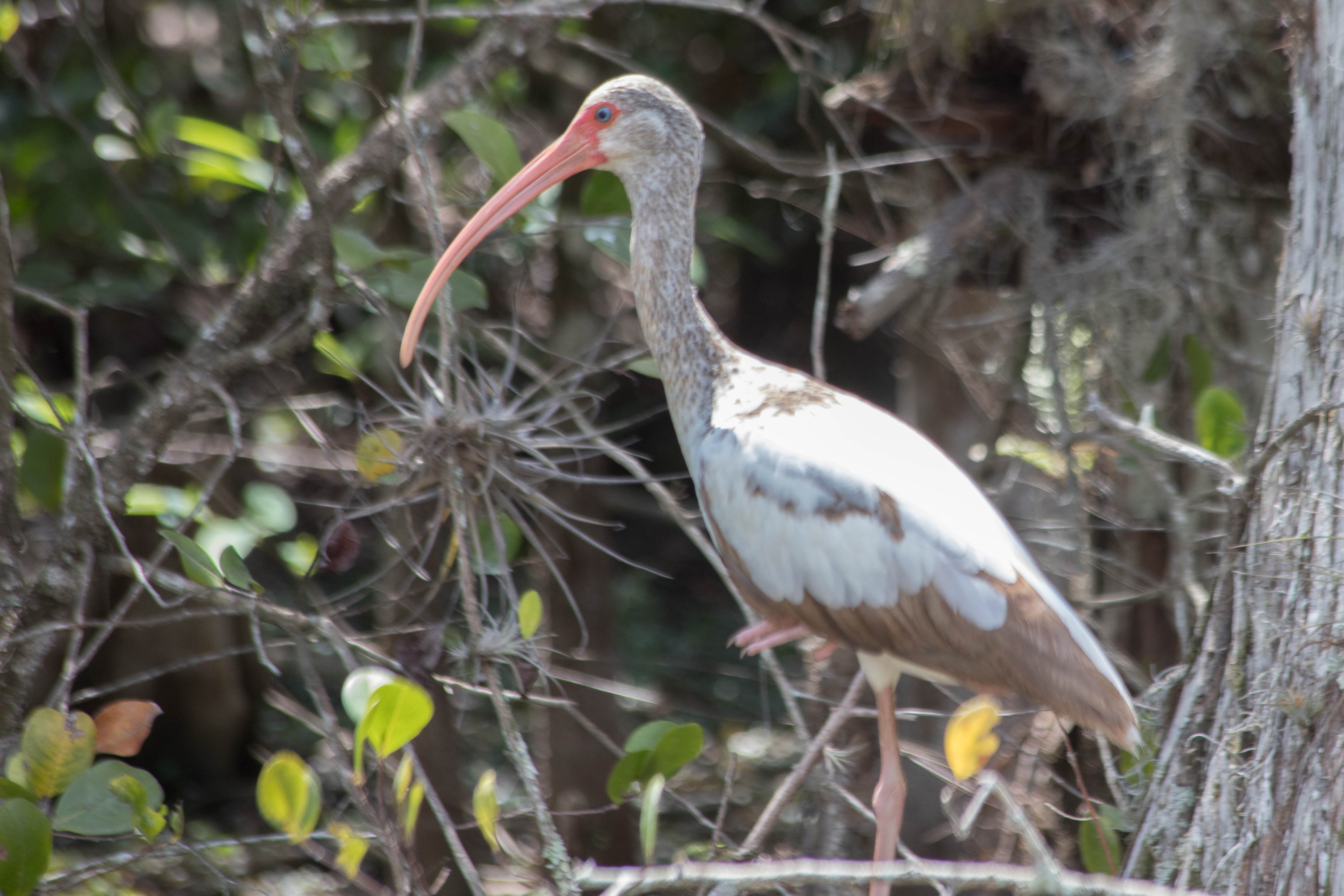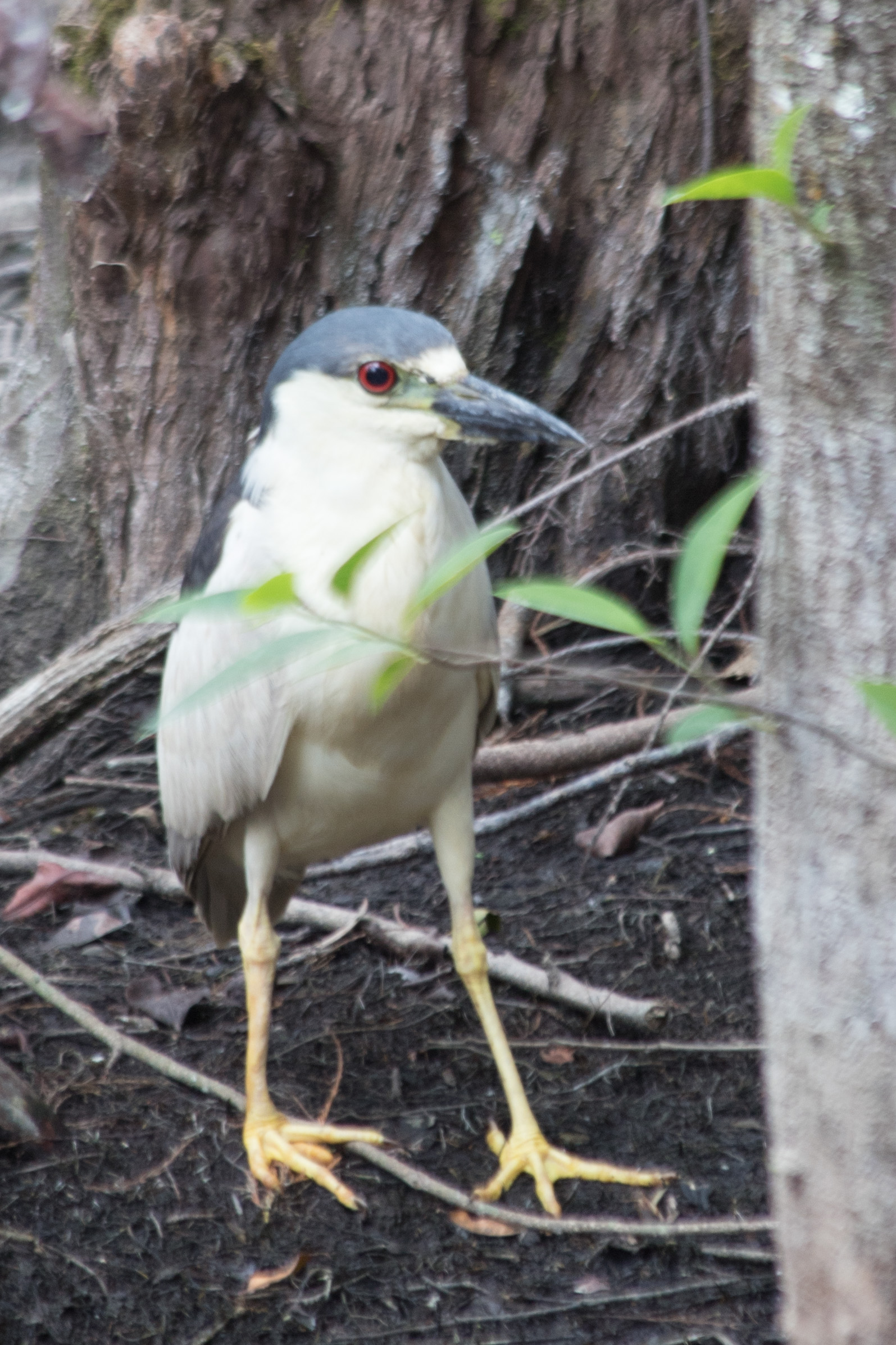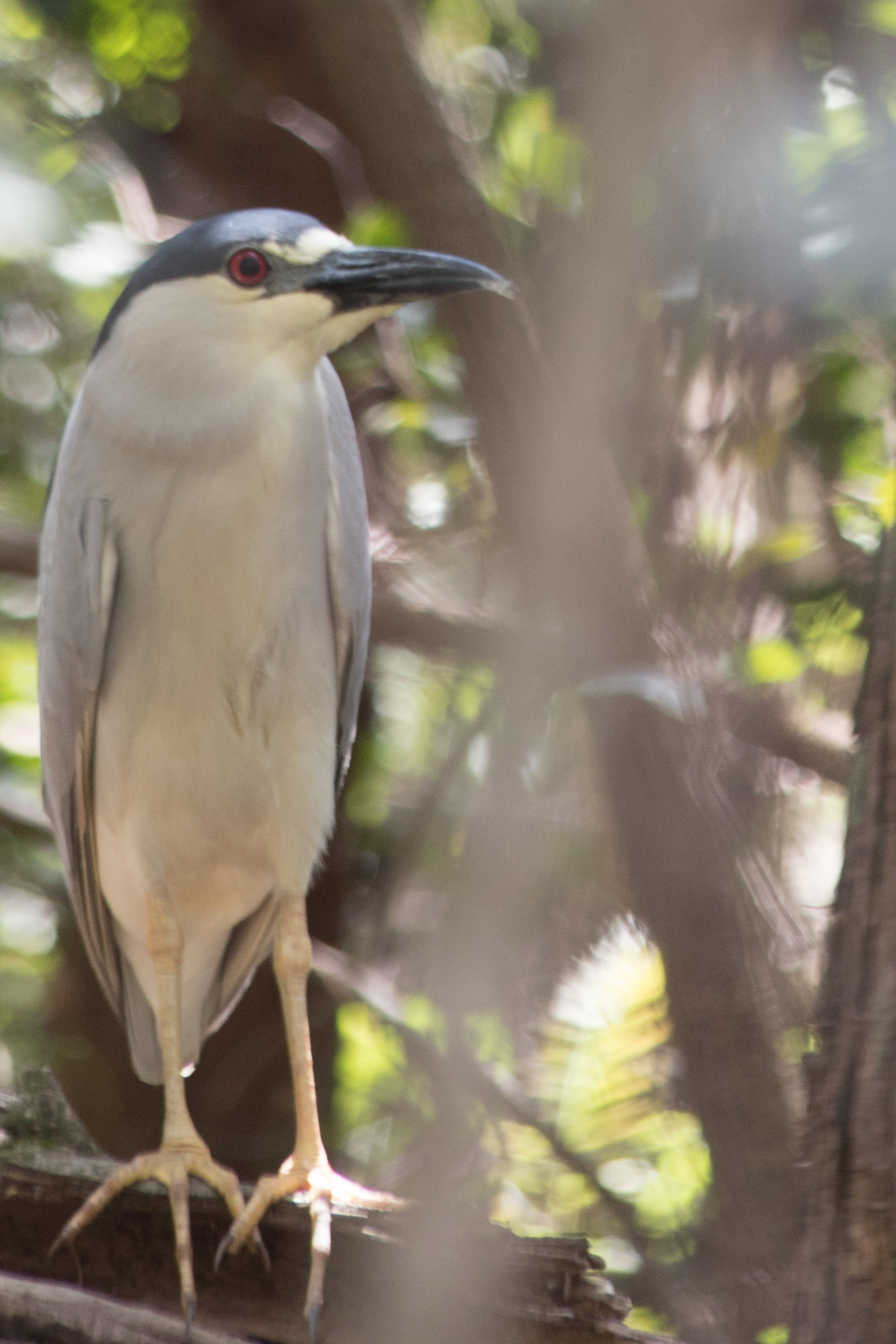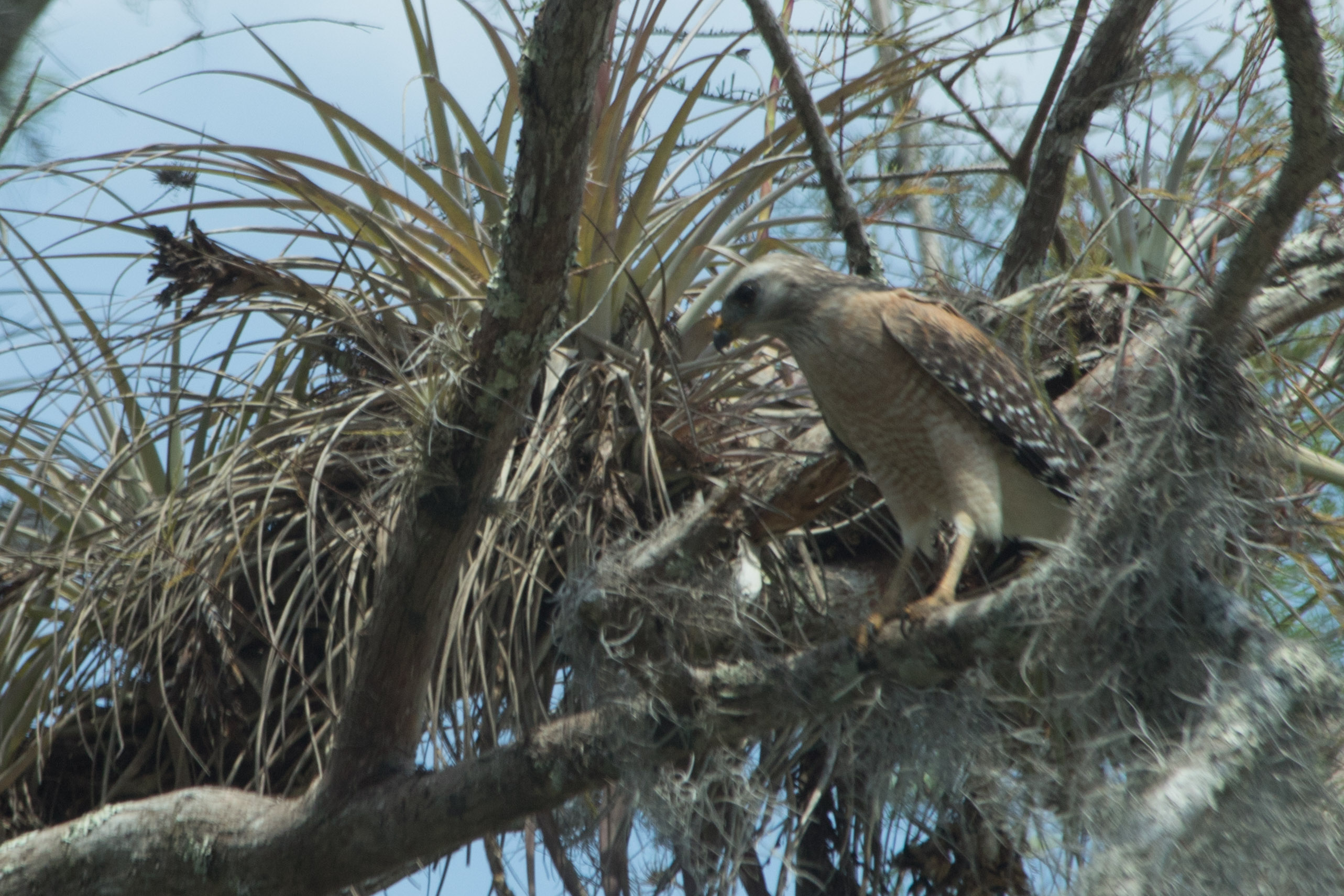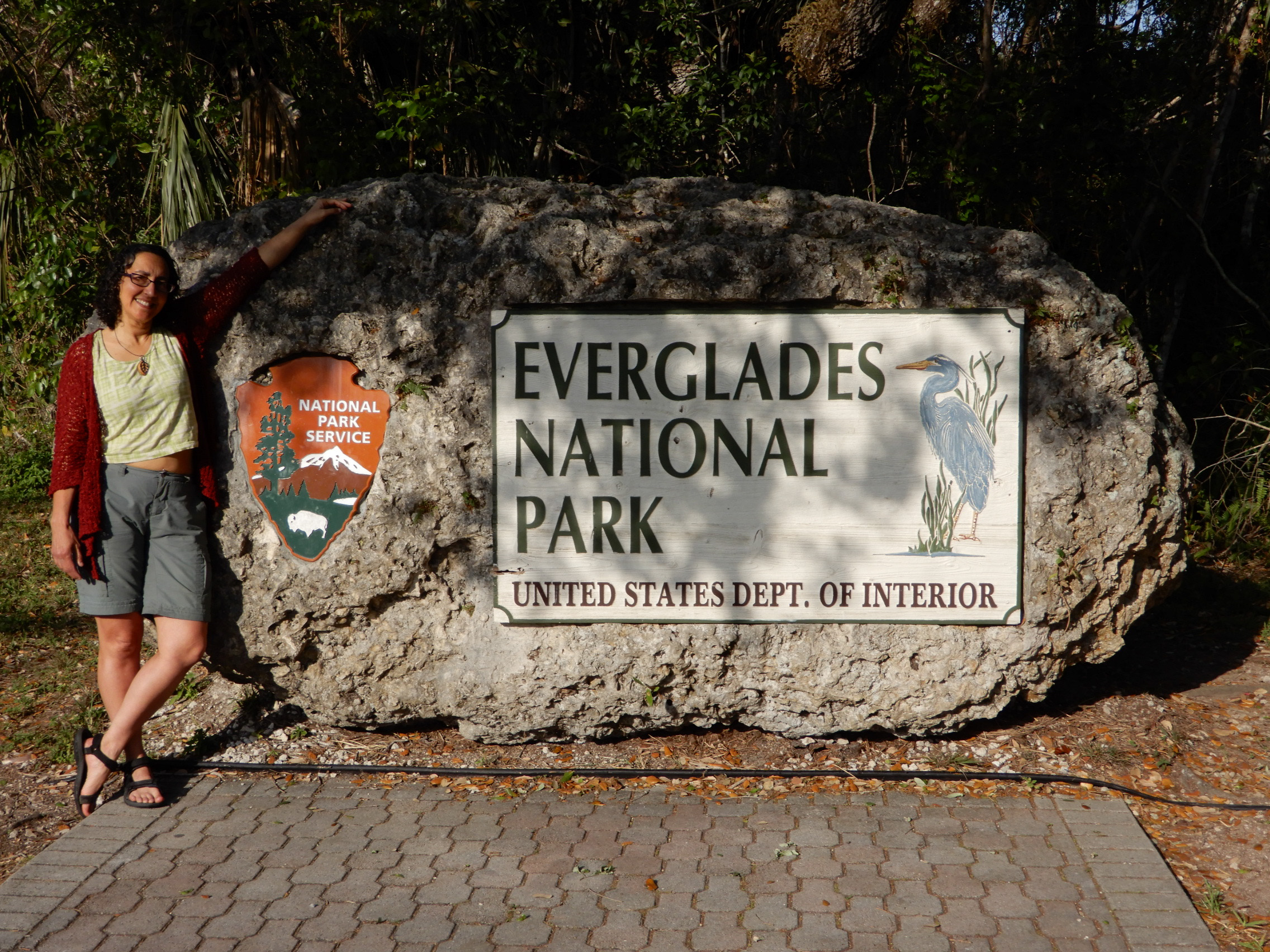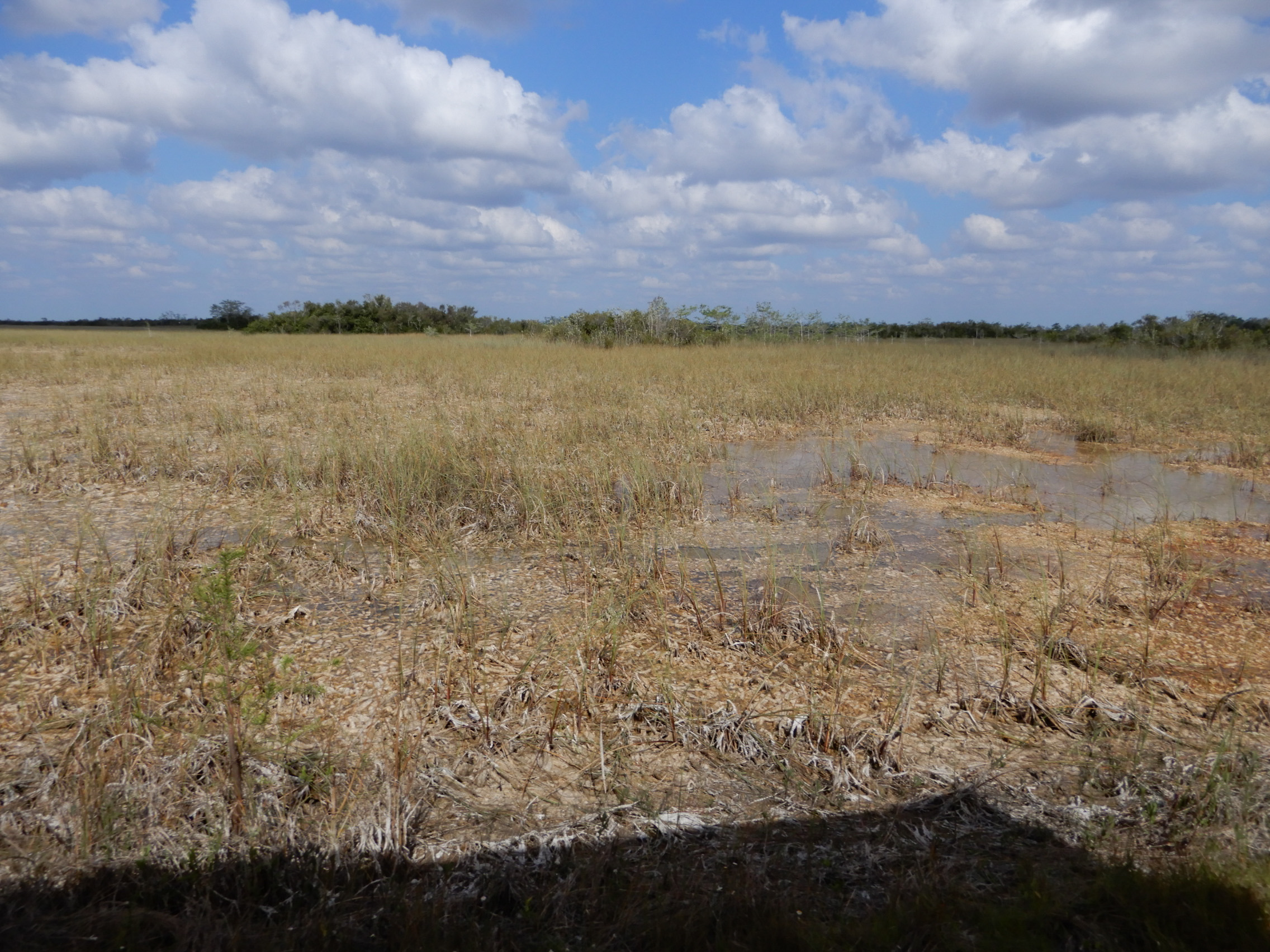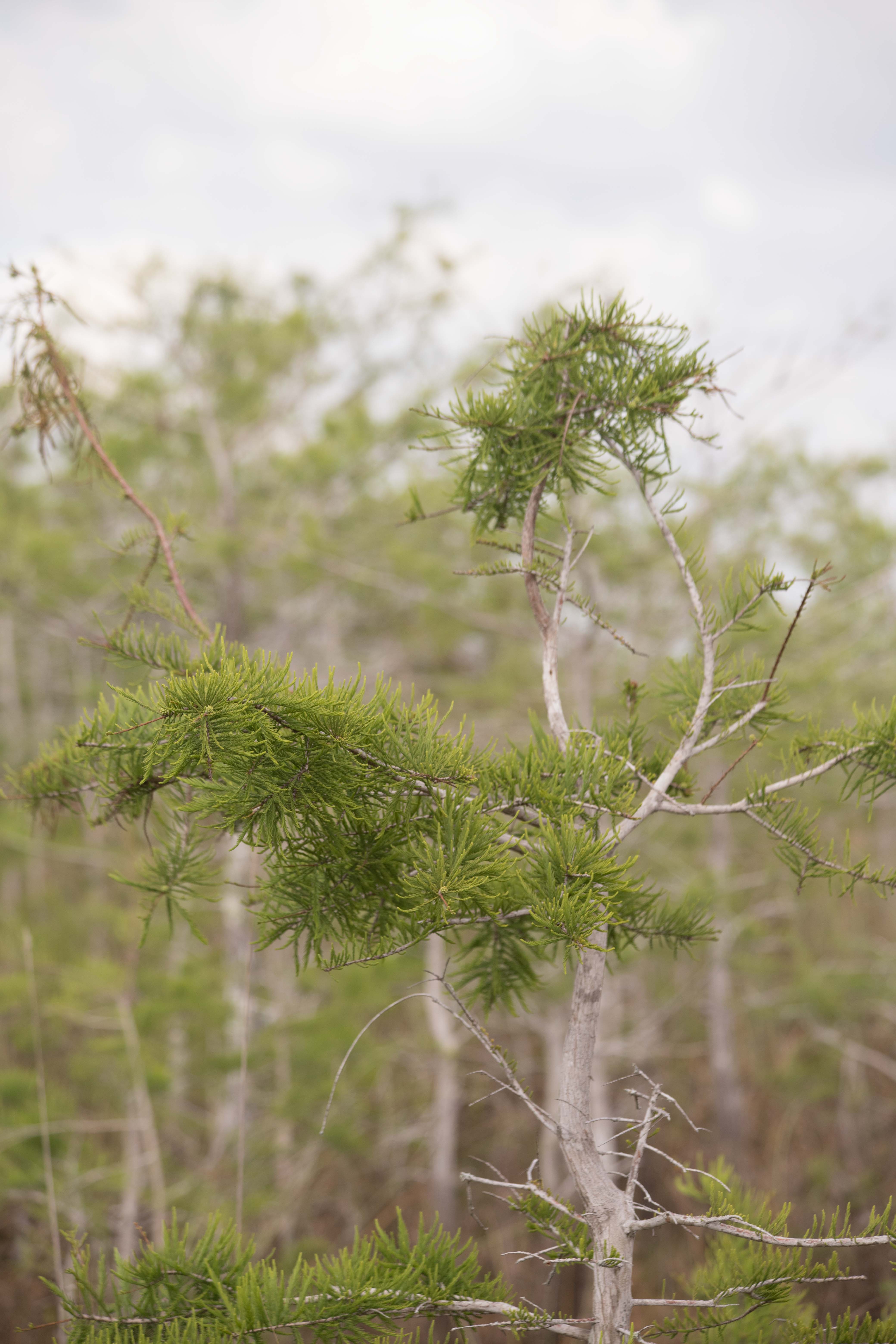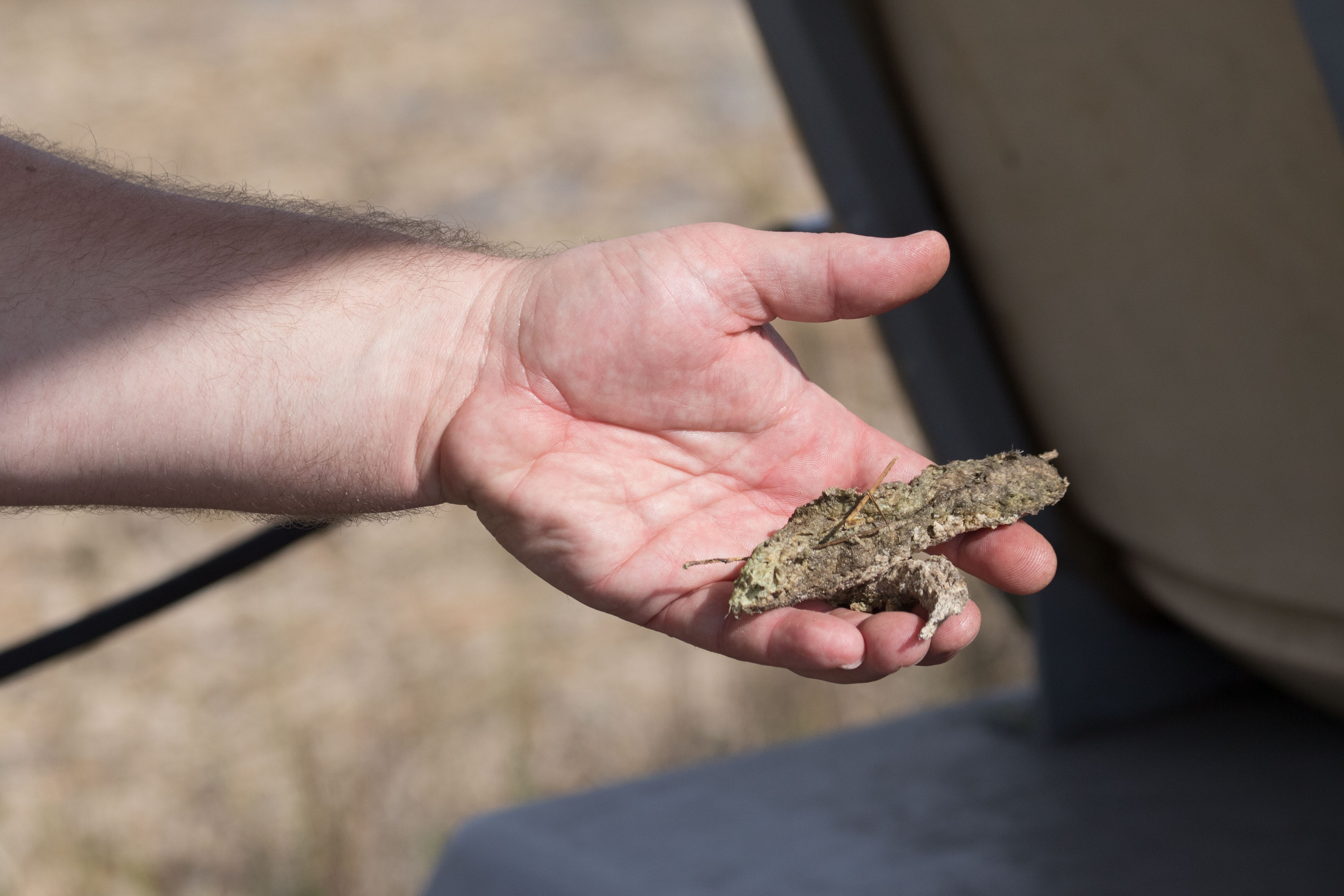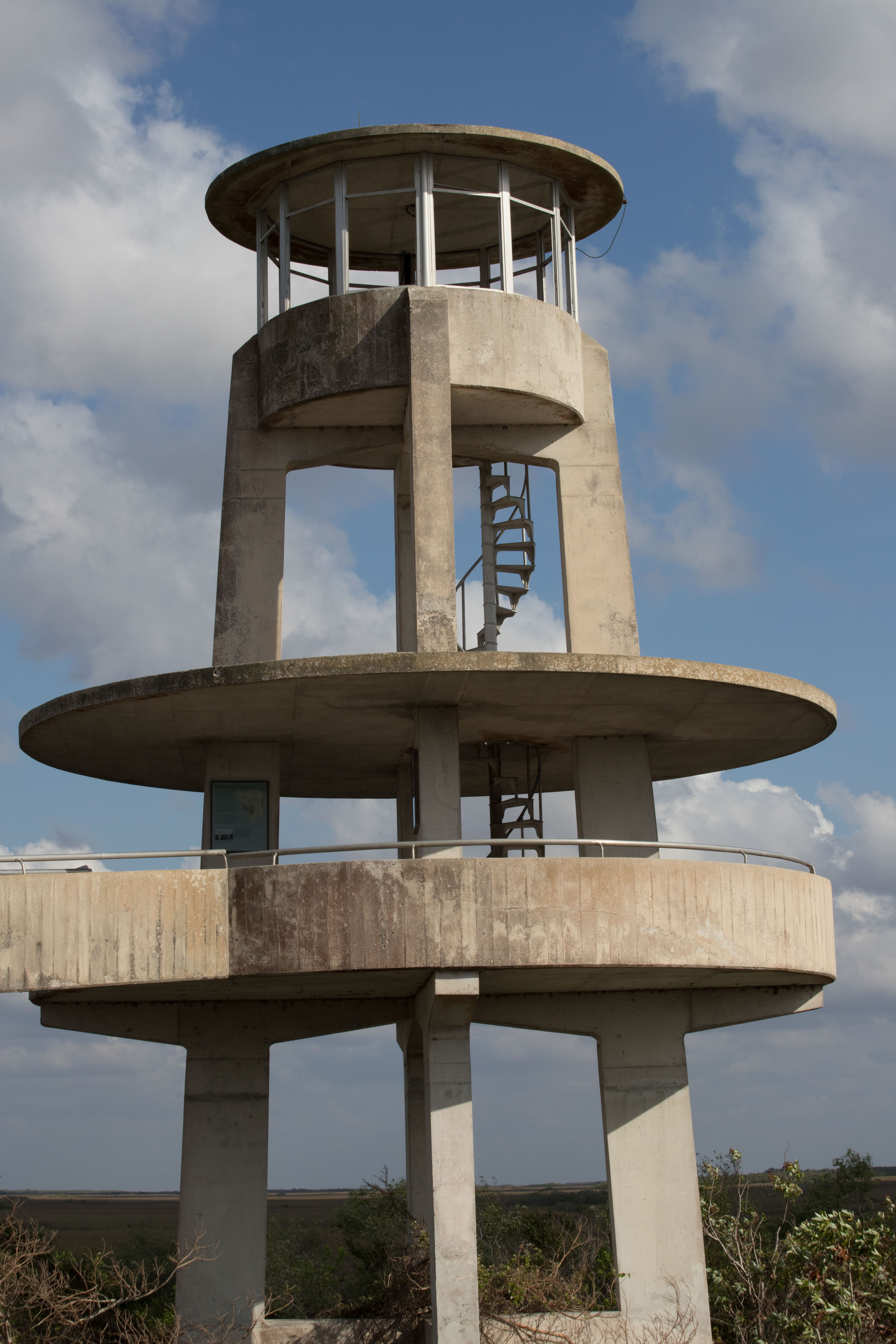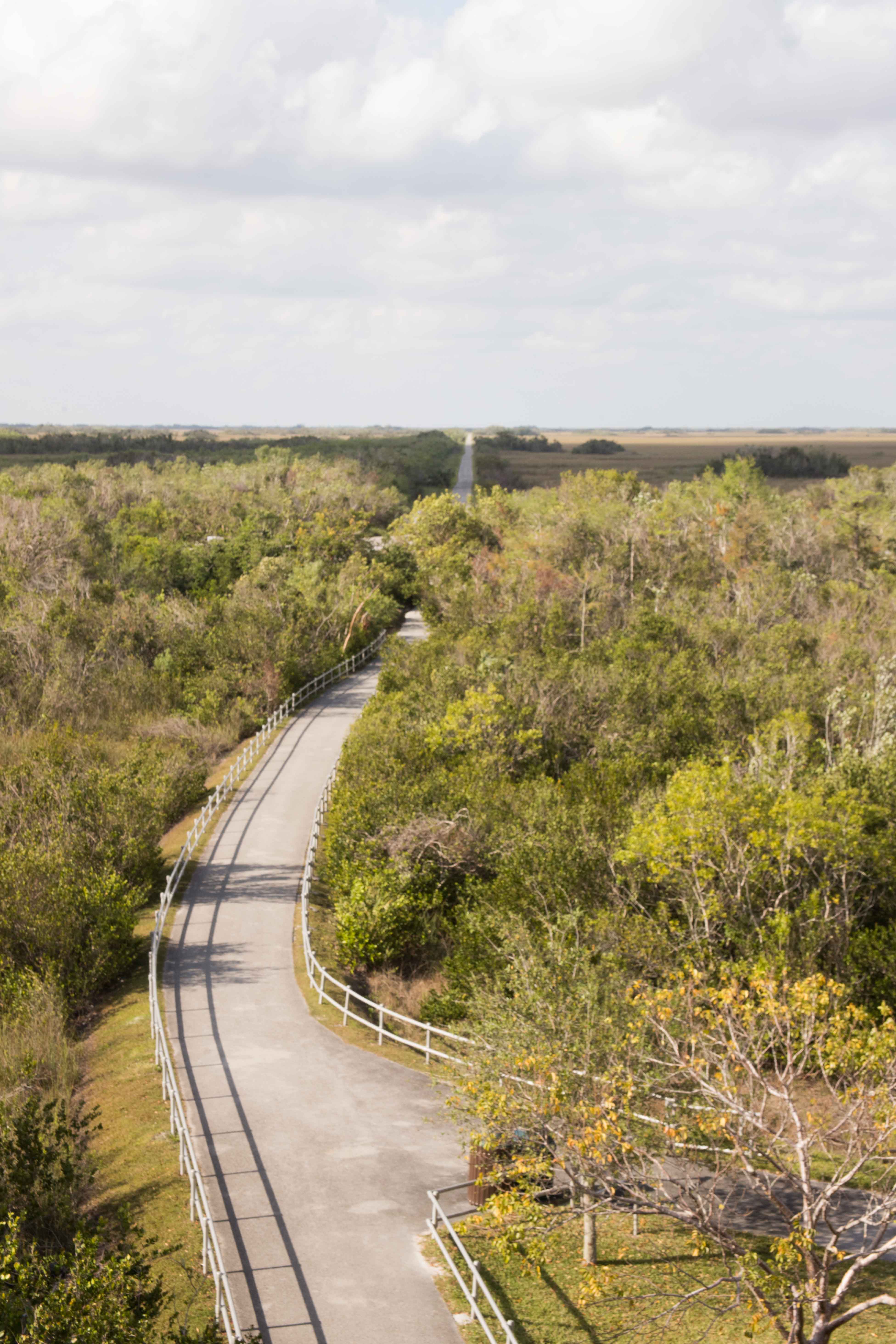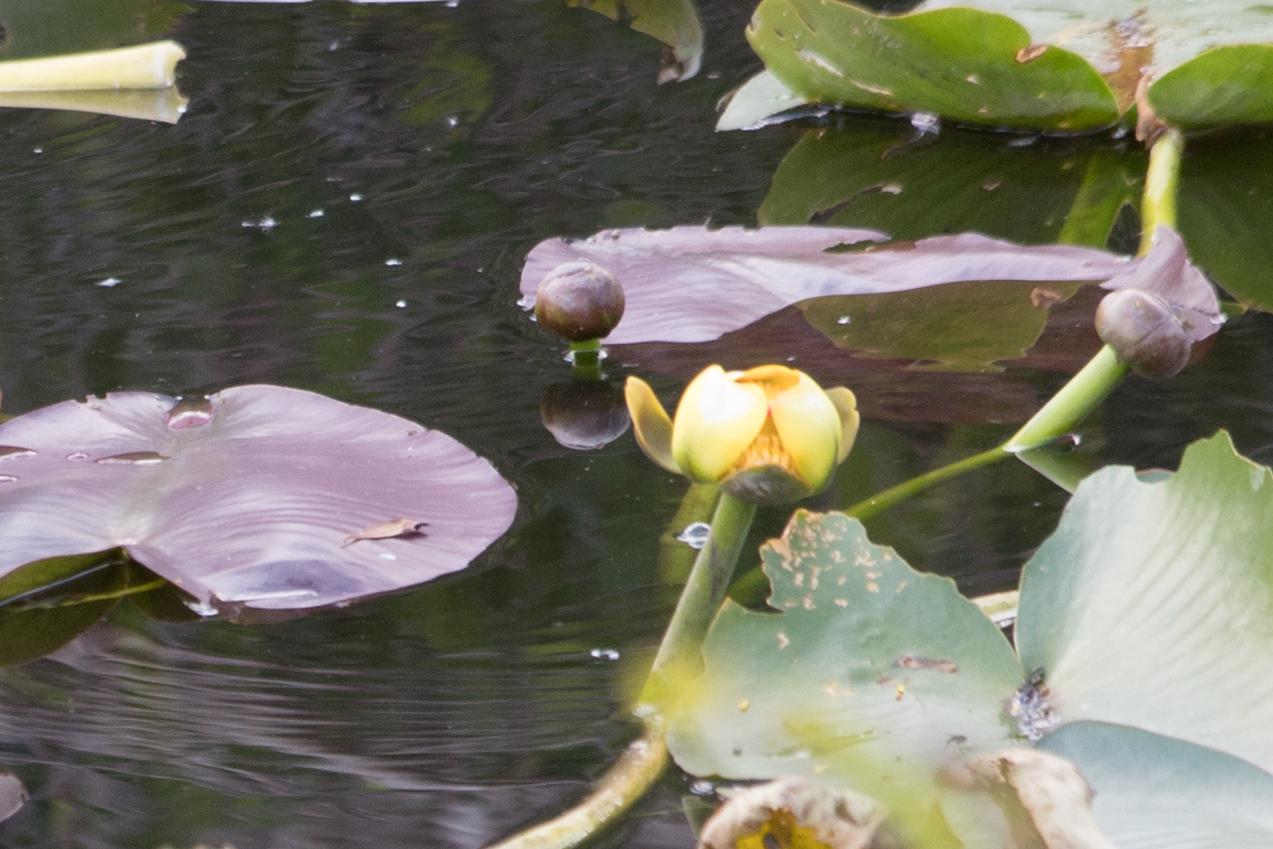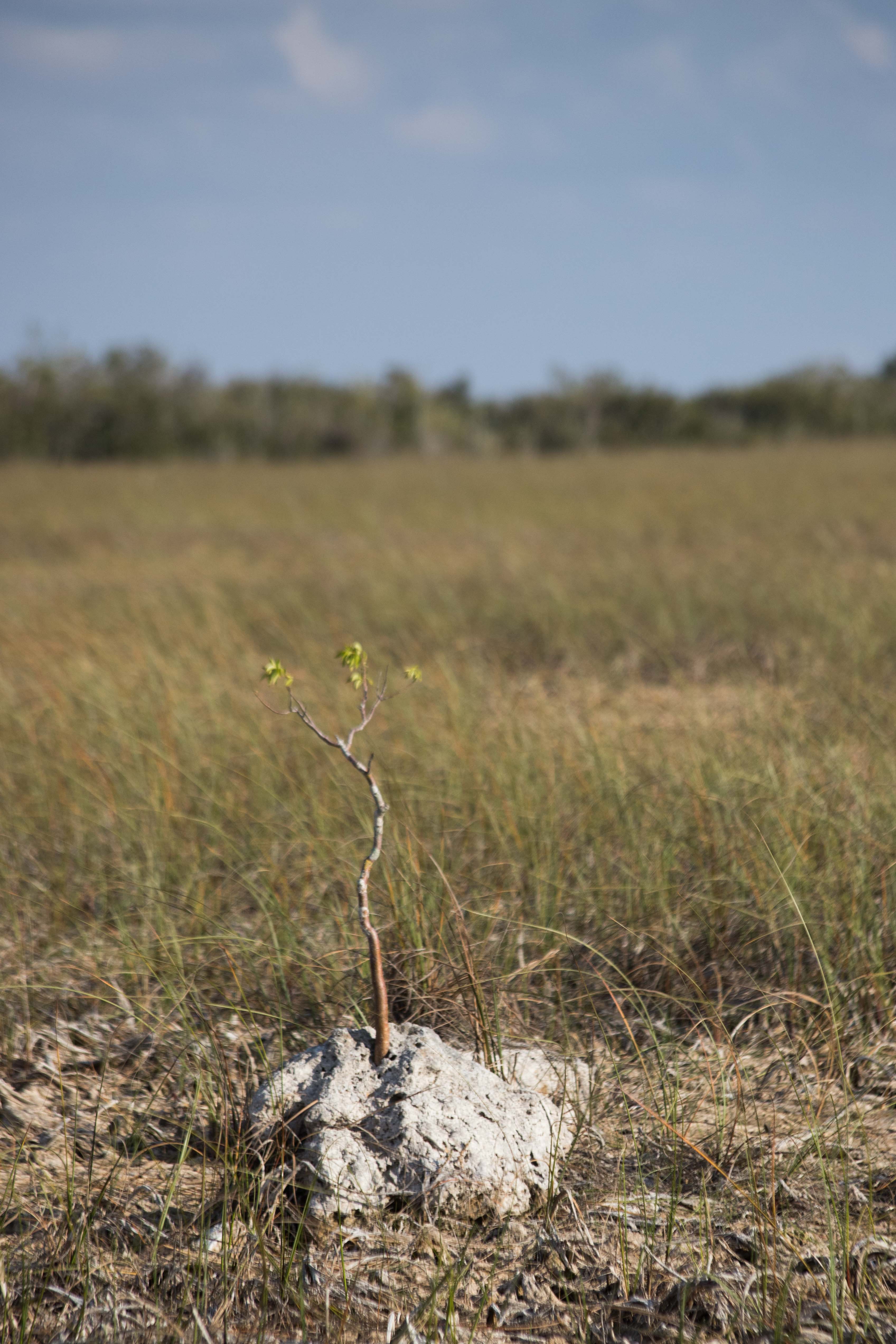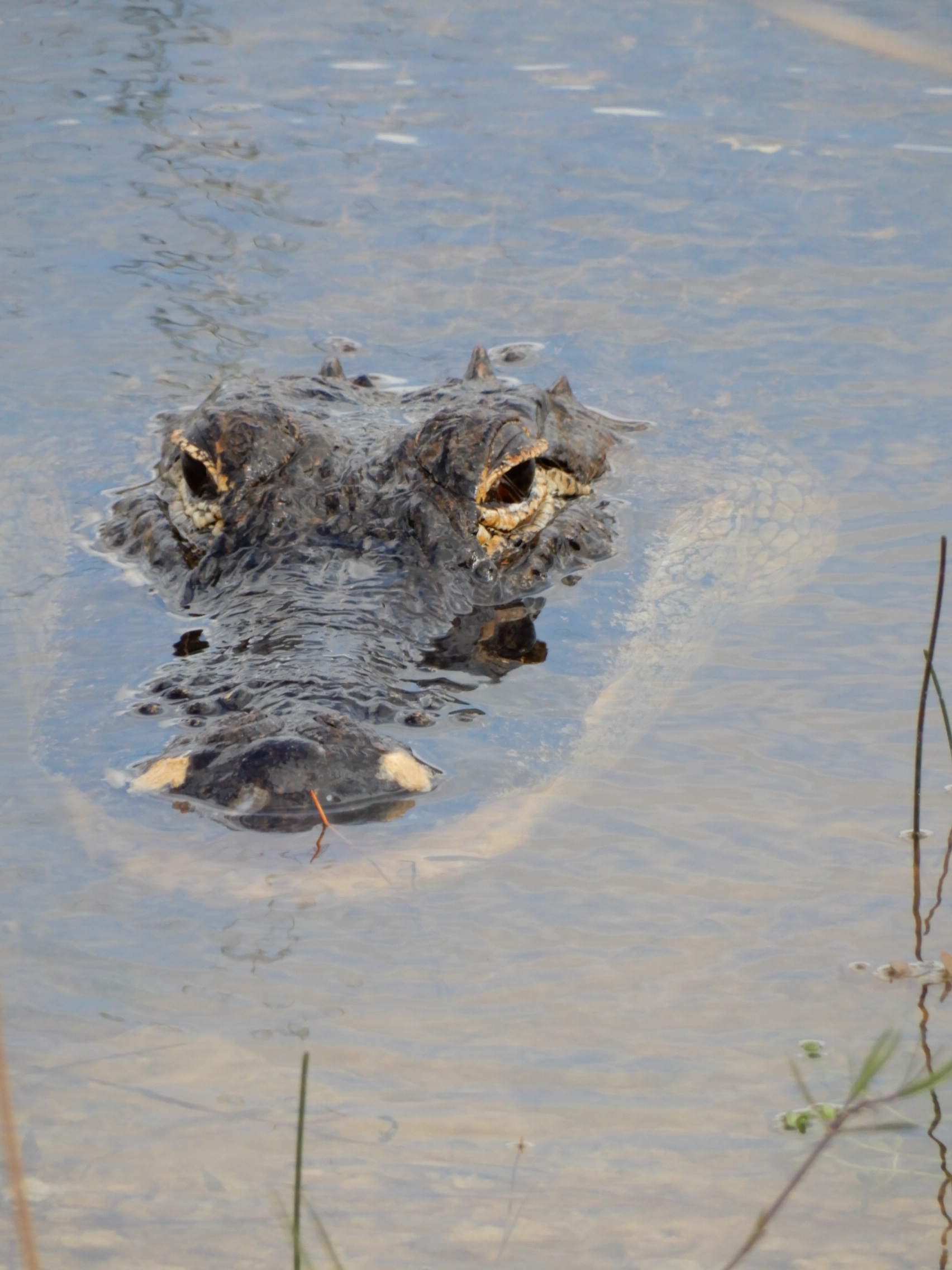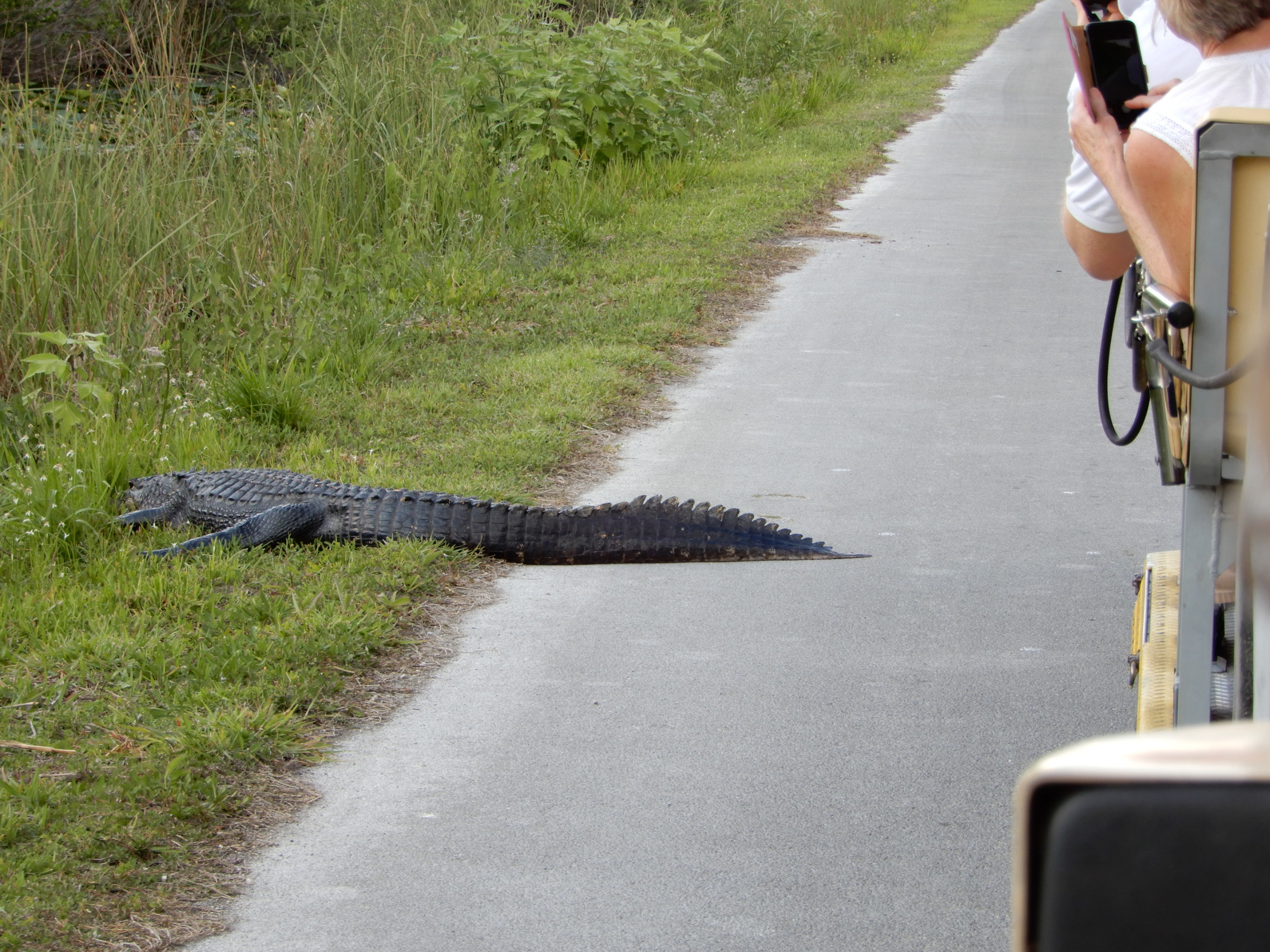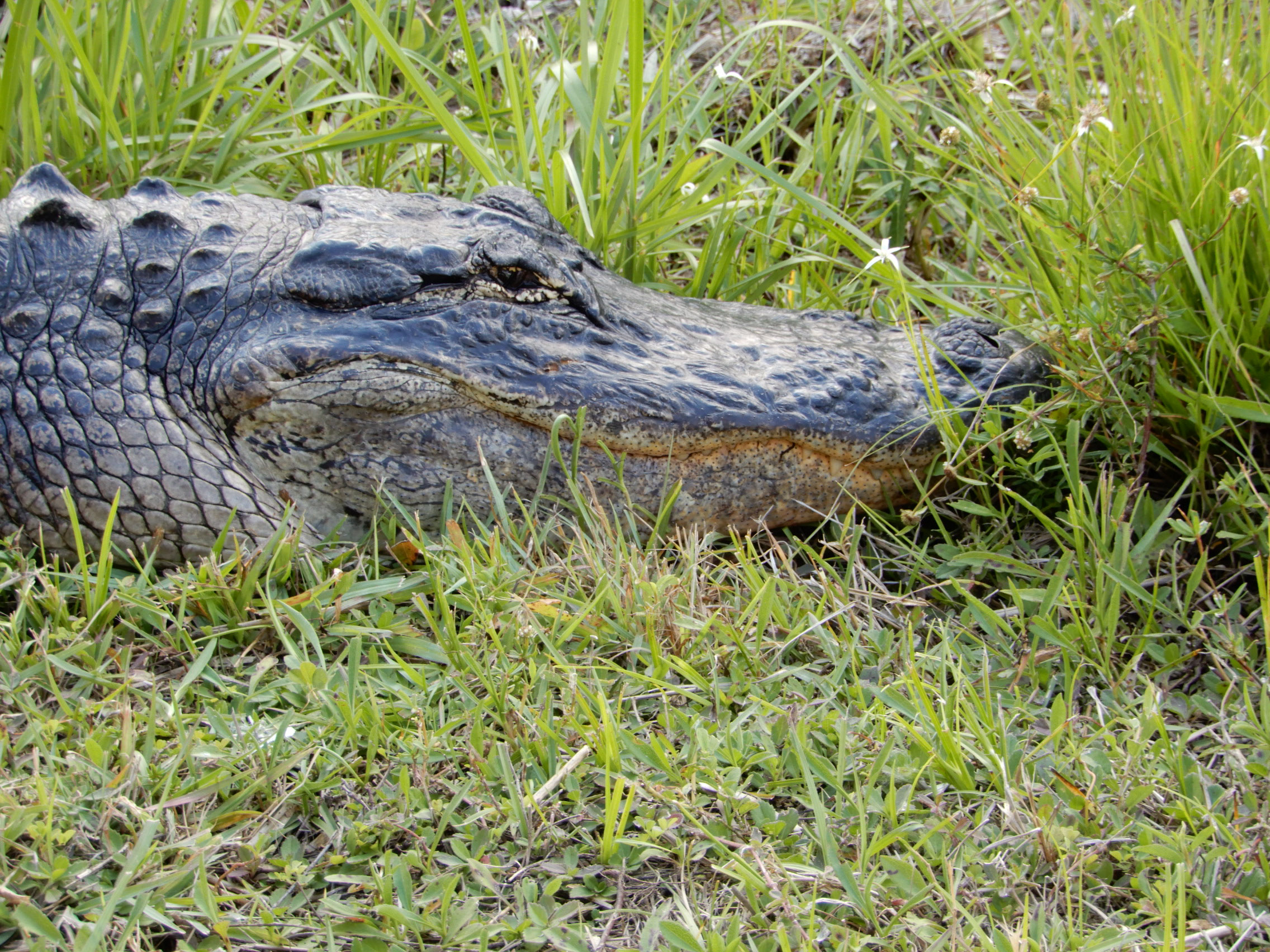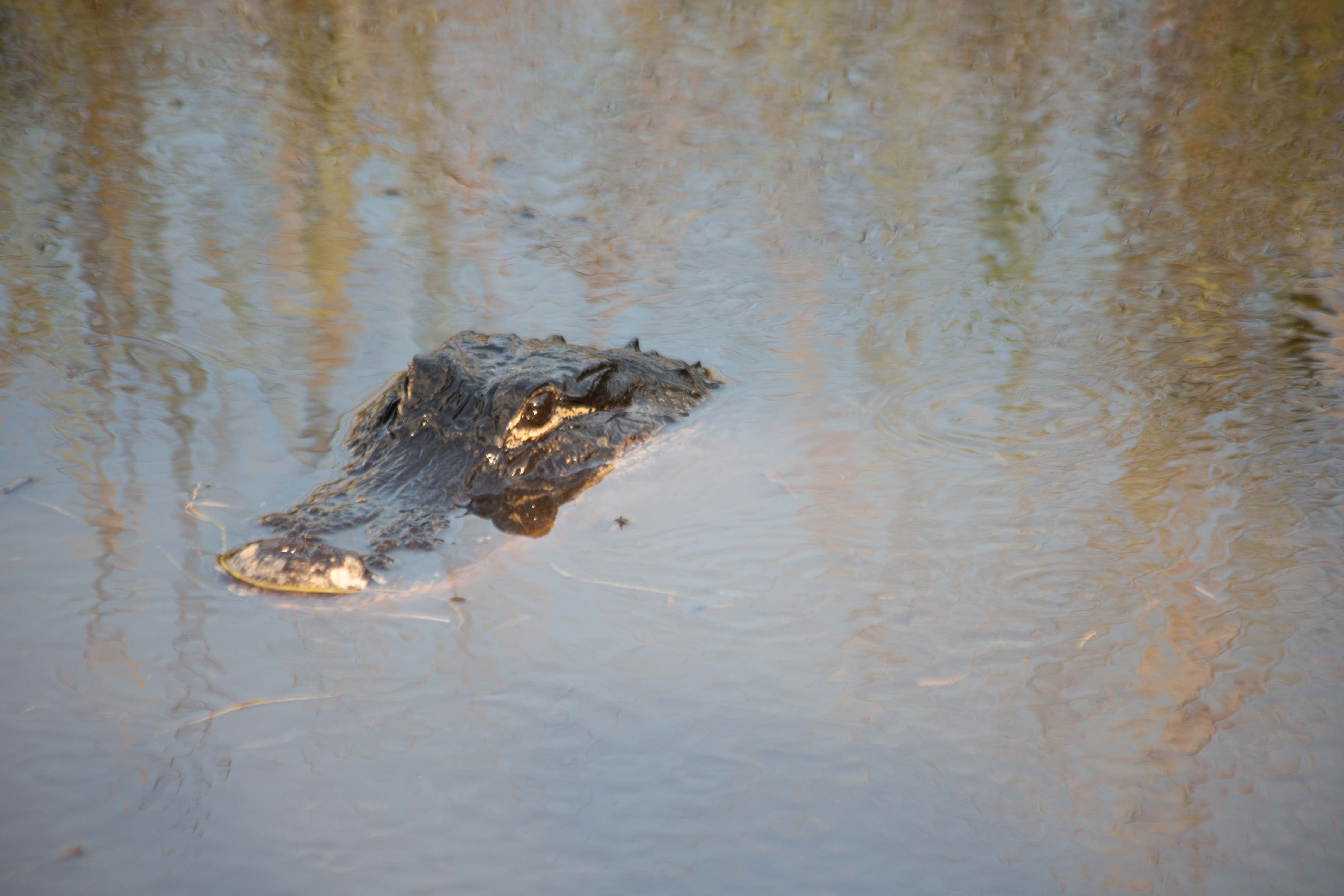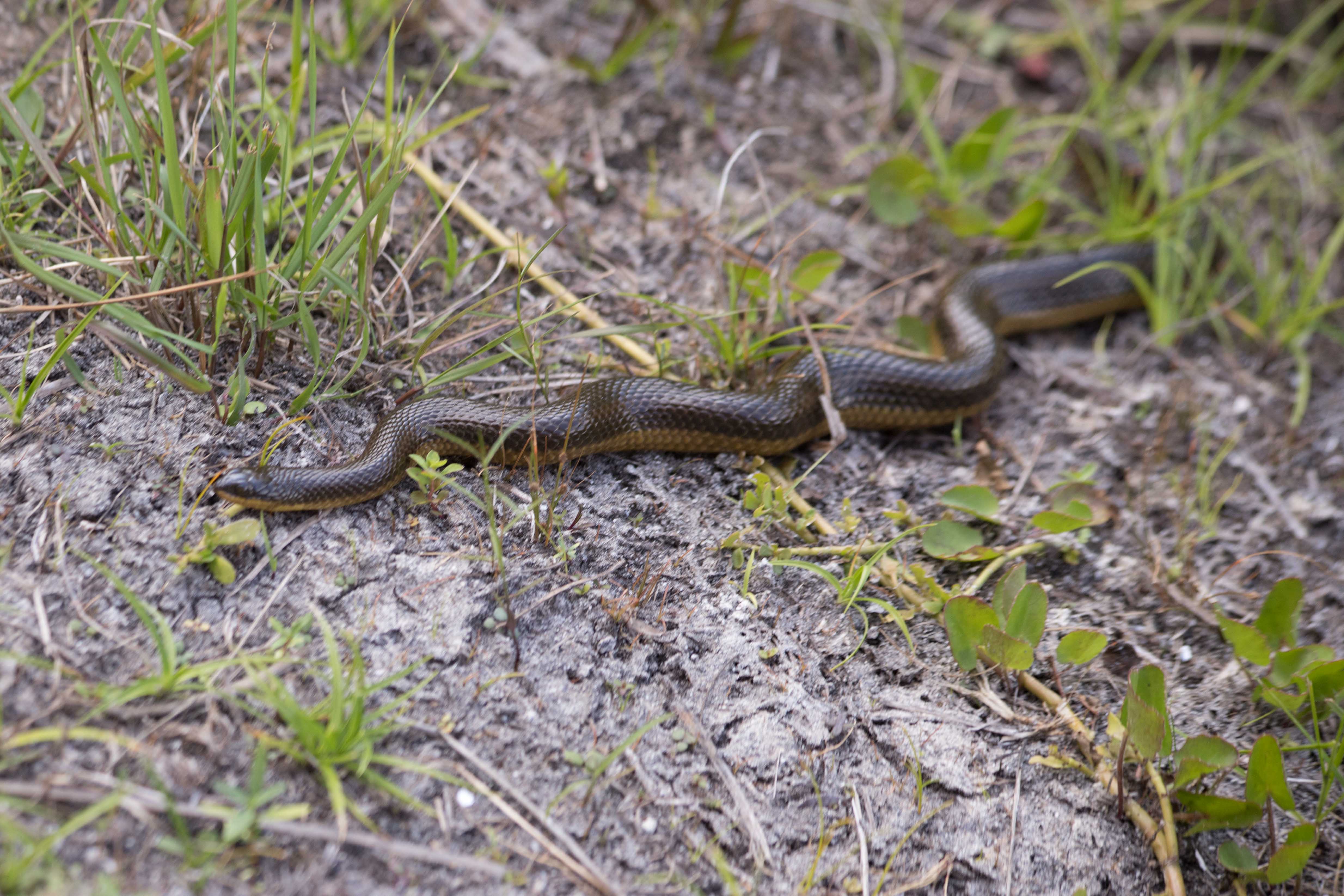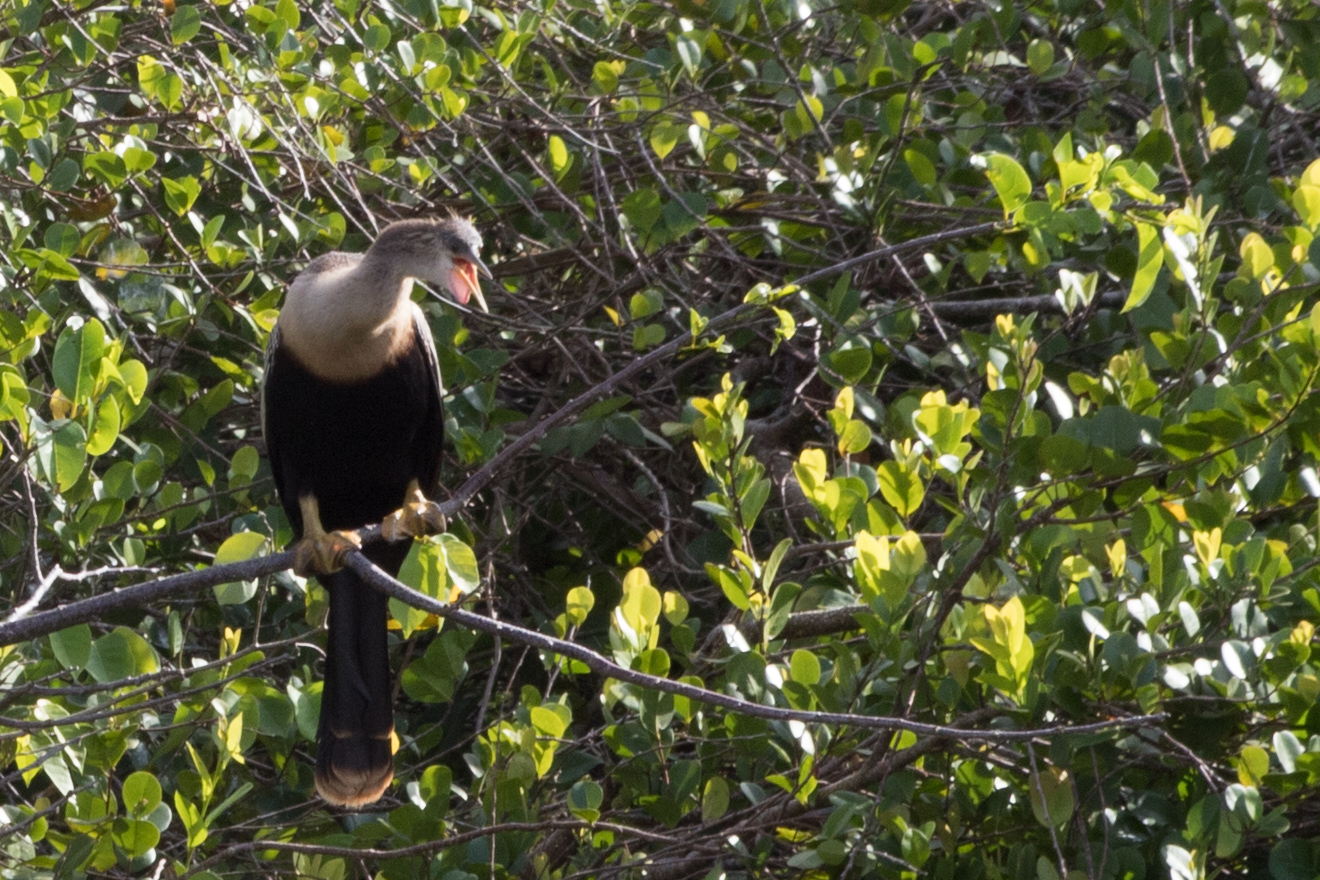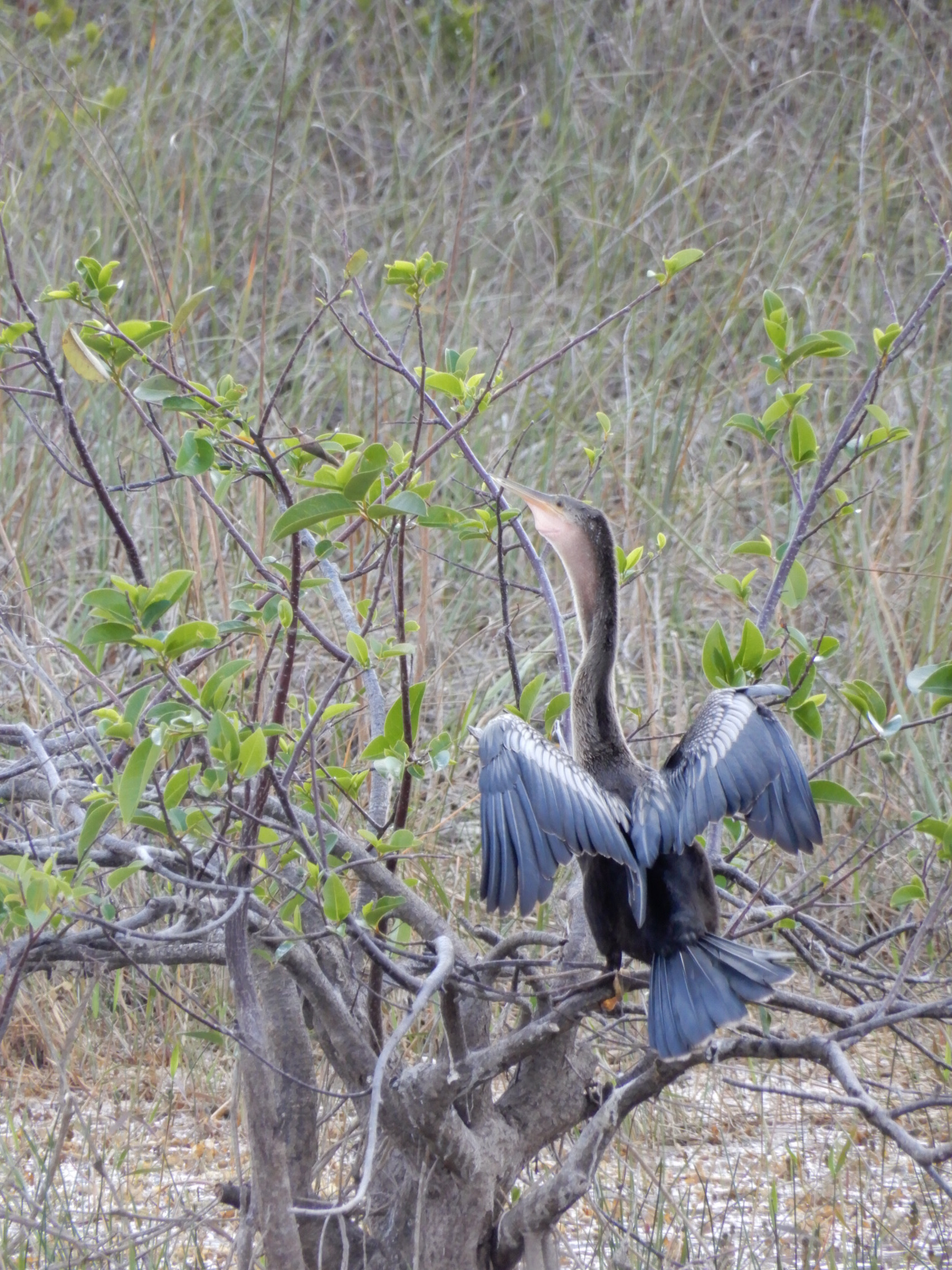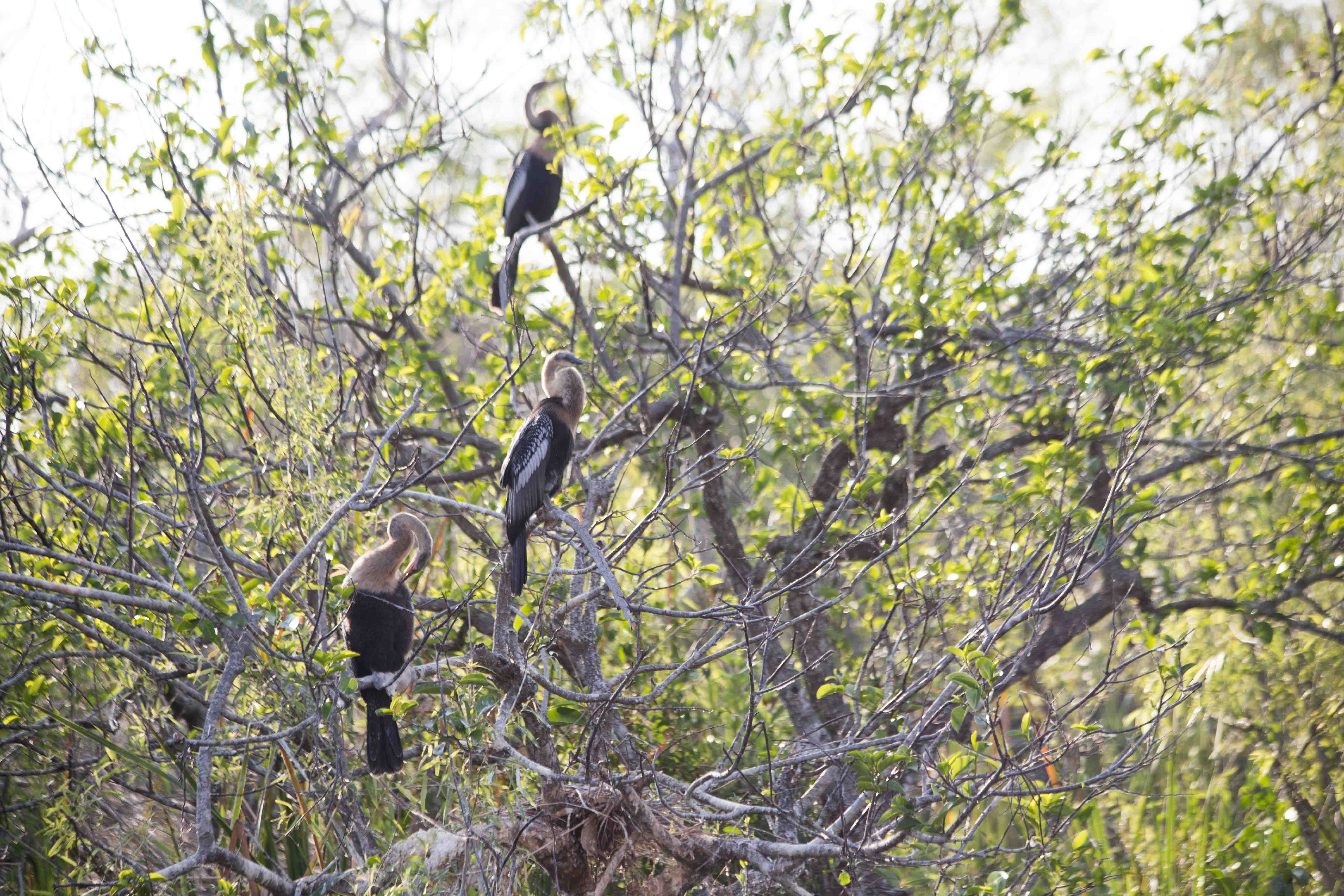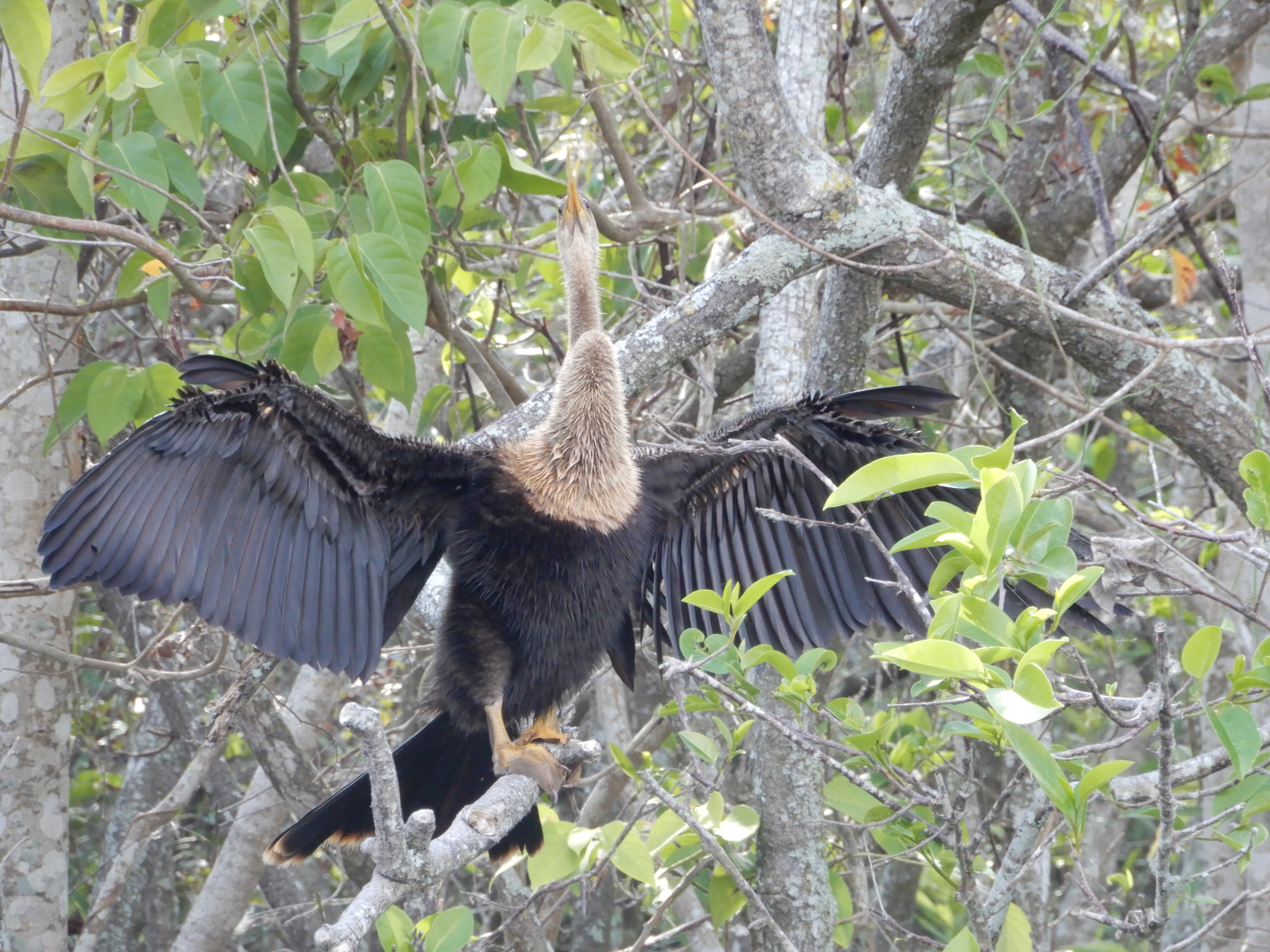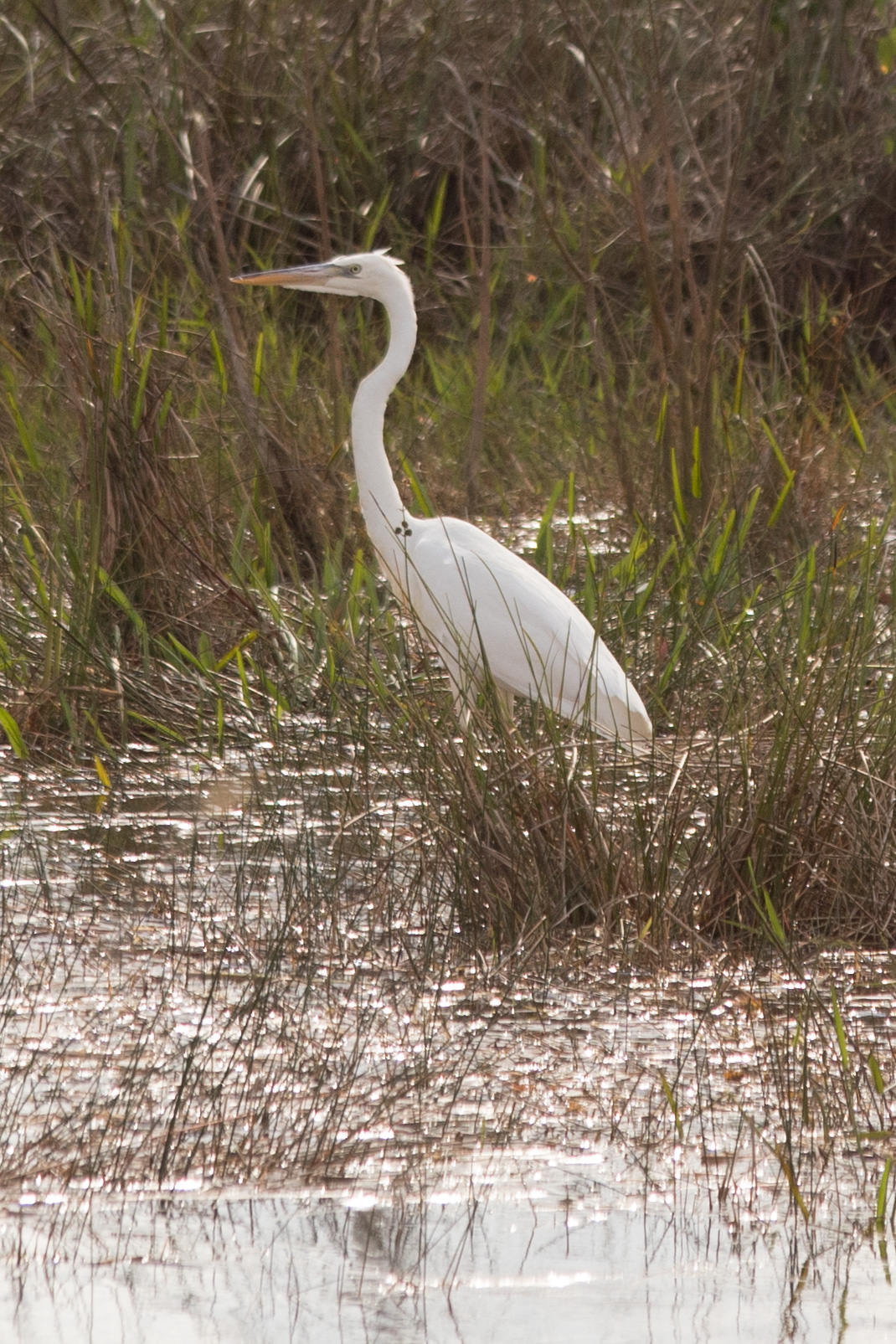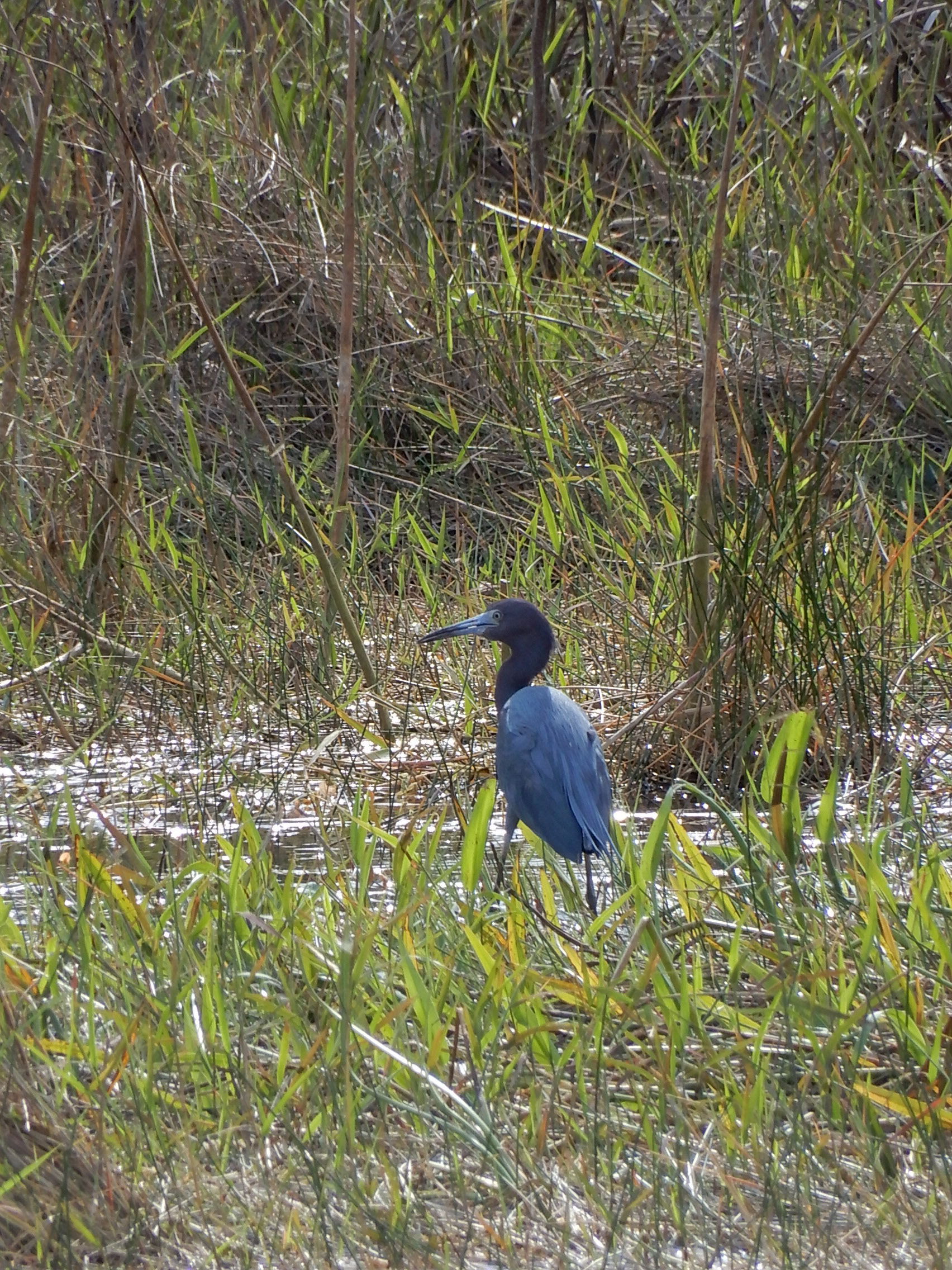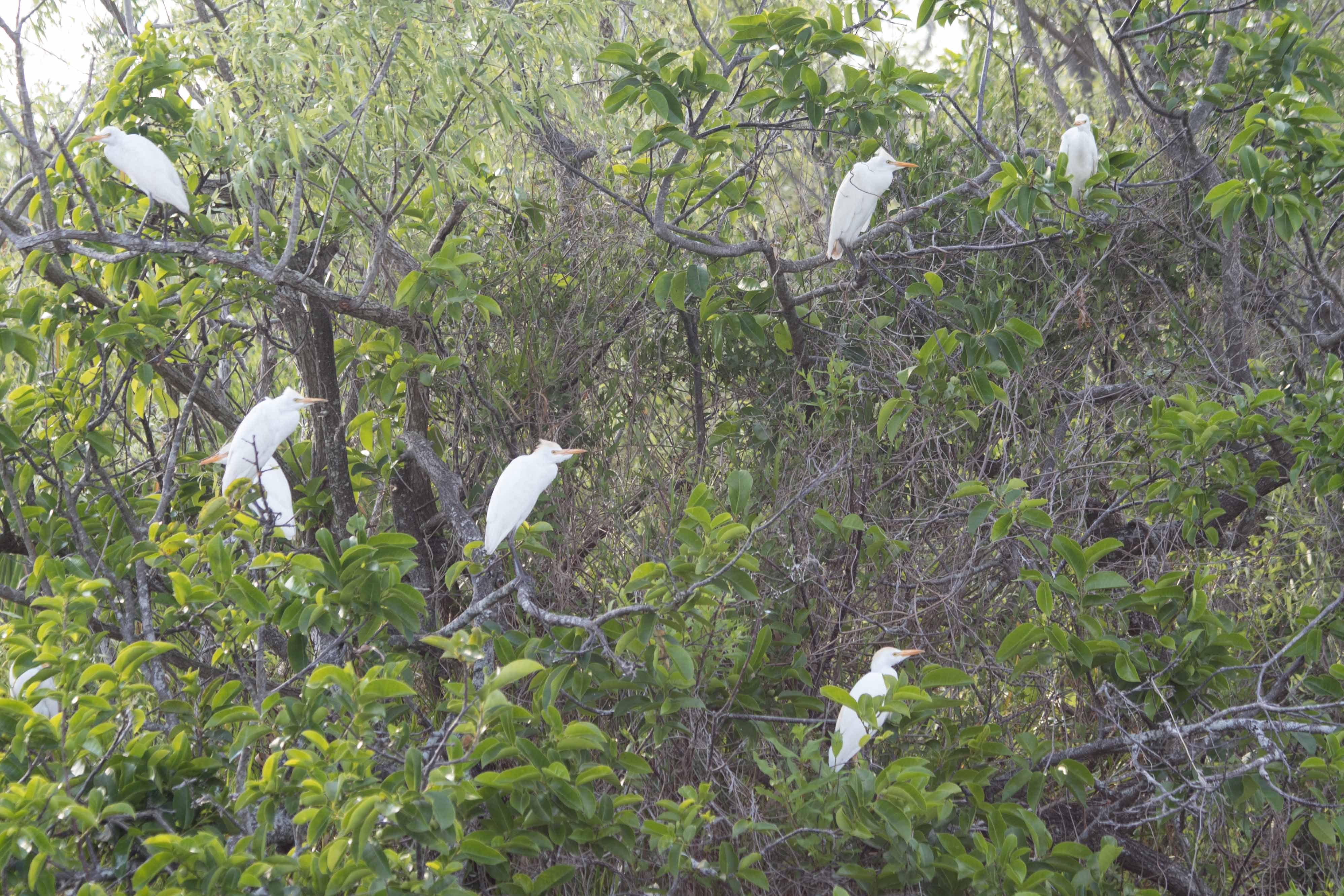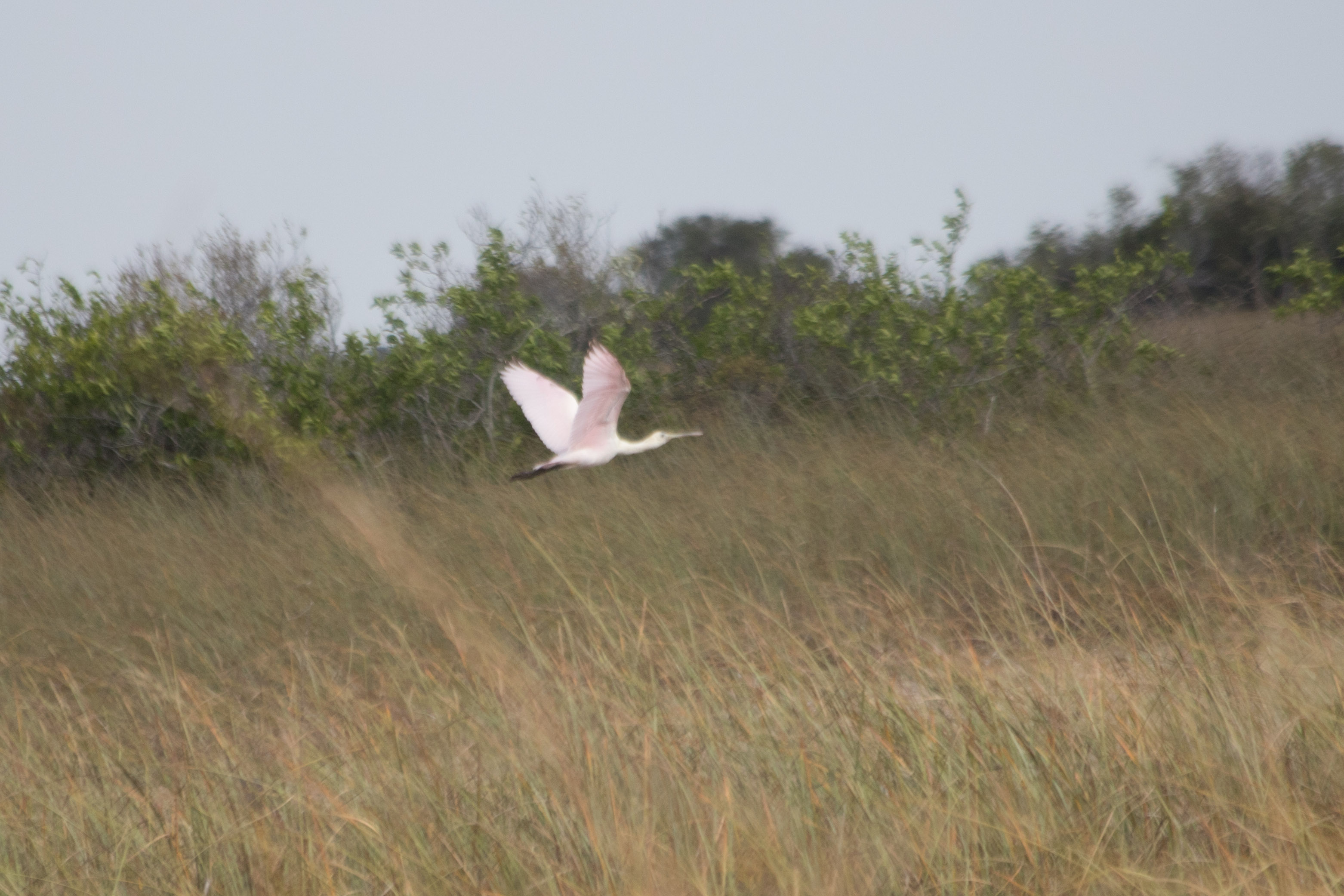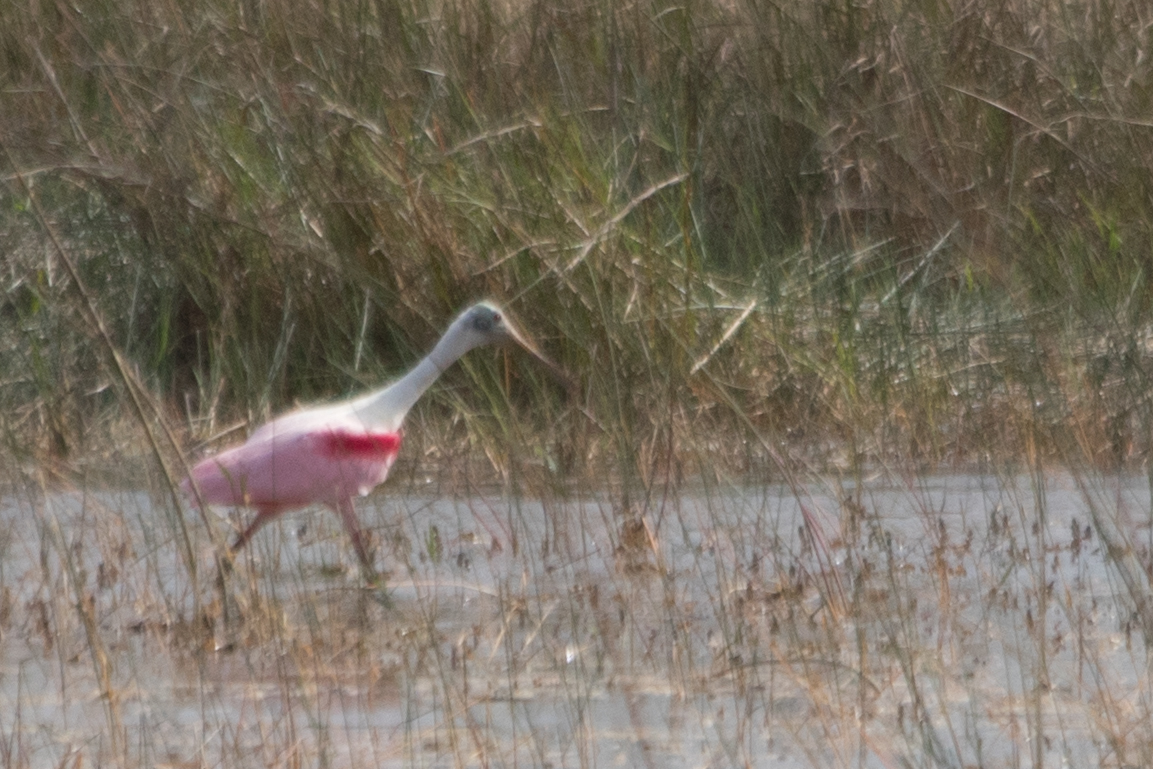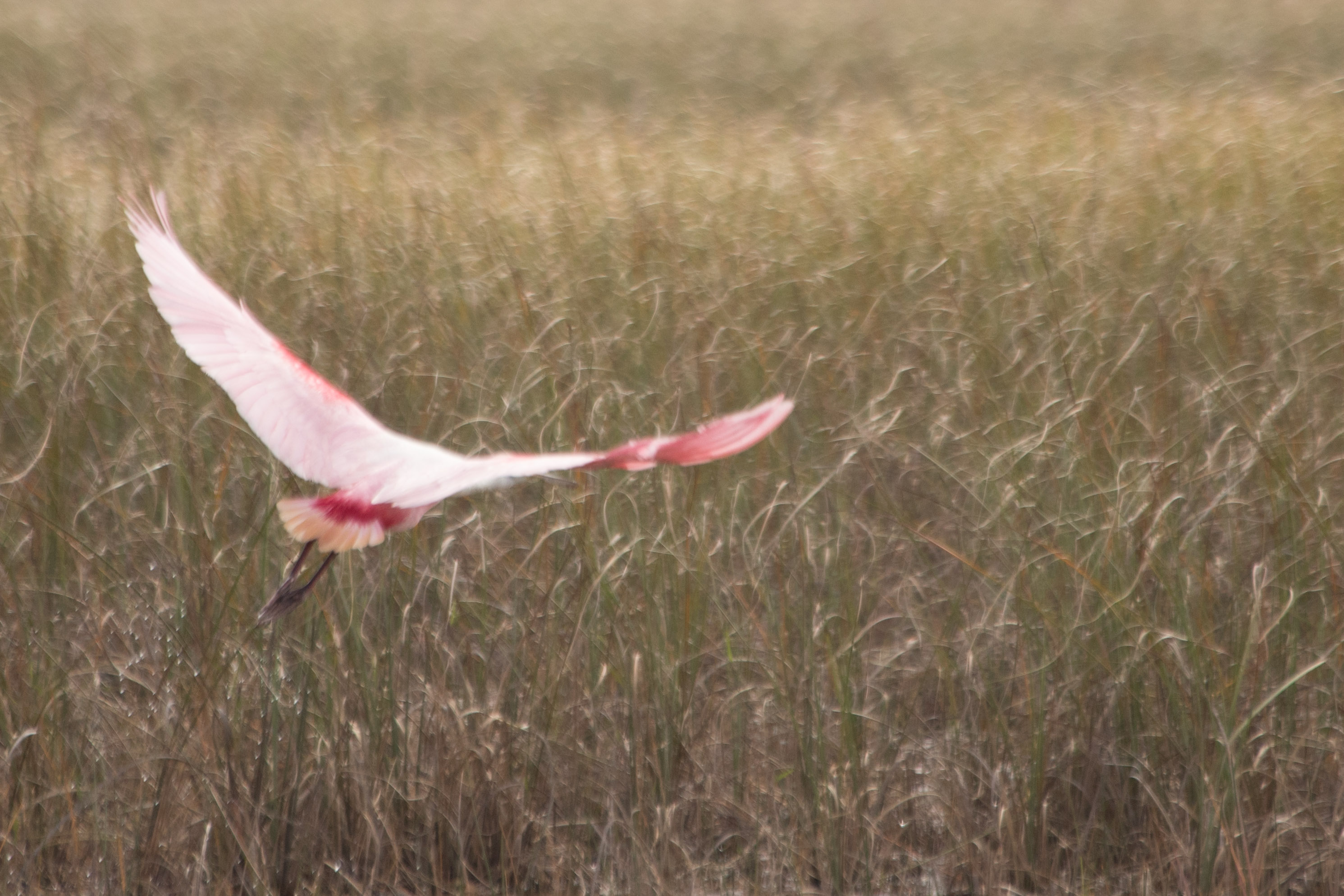Everglades National Park/Big Cypress National Preserve
Day 1--Tuesday 21 March, 2018
Osprey, with chicks!
Everglades is our 20th national park together. Most people think the Everglades is a swamp, but it is not; it is a very slow-moving river. The present-day Everglades is much smaller than the historic Everglades, but efforts to restore it are beginning. The park has several different ecosystems, but primarily they are salt water environments (the park is on the very southern tip of Florida) and freshwater environments (those in the river). On our first day in the park, we explored the northern parts of the park, and had incredible wildlife sightings.
Gulf Coast
I had planned to take the boat tour from Flamingo into Florida Bay on our second day, but found out a day ahead of time that those tours were still closed following Hurricane Irma. To make up for the lack, I booked the boat tour from the Gulf Coast to the 10,000 Islands instead.
At first, we couldn't figure out why we had to walk a ways to this tower to check in for our boat tour.
Then we found out why--the usual facility had been condemned following the hurricane!
The rangers are working out of the trailer behind the boat, and all of the bathrooms are port-a-potties.
Eric took my picture in front of our boat.
An Osprey nesting on a post.
Eric took a picture of this sign, but, sadly, we did not see a manatee.
Eric took a picture of the sign where we officially entered the park boundary, which is offshore. The shore is state park land.
Typical scenery of the 10,000 Islands.
Brown Pelicans flying away.
Royal Terns, a new bird for me.
Eric's photo of the Royal Terns.
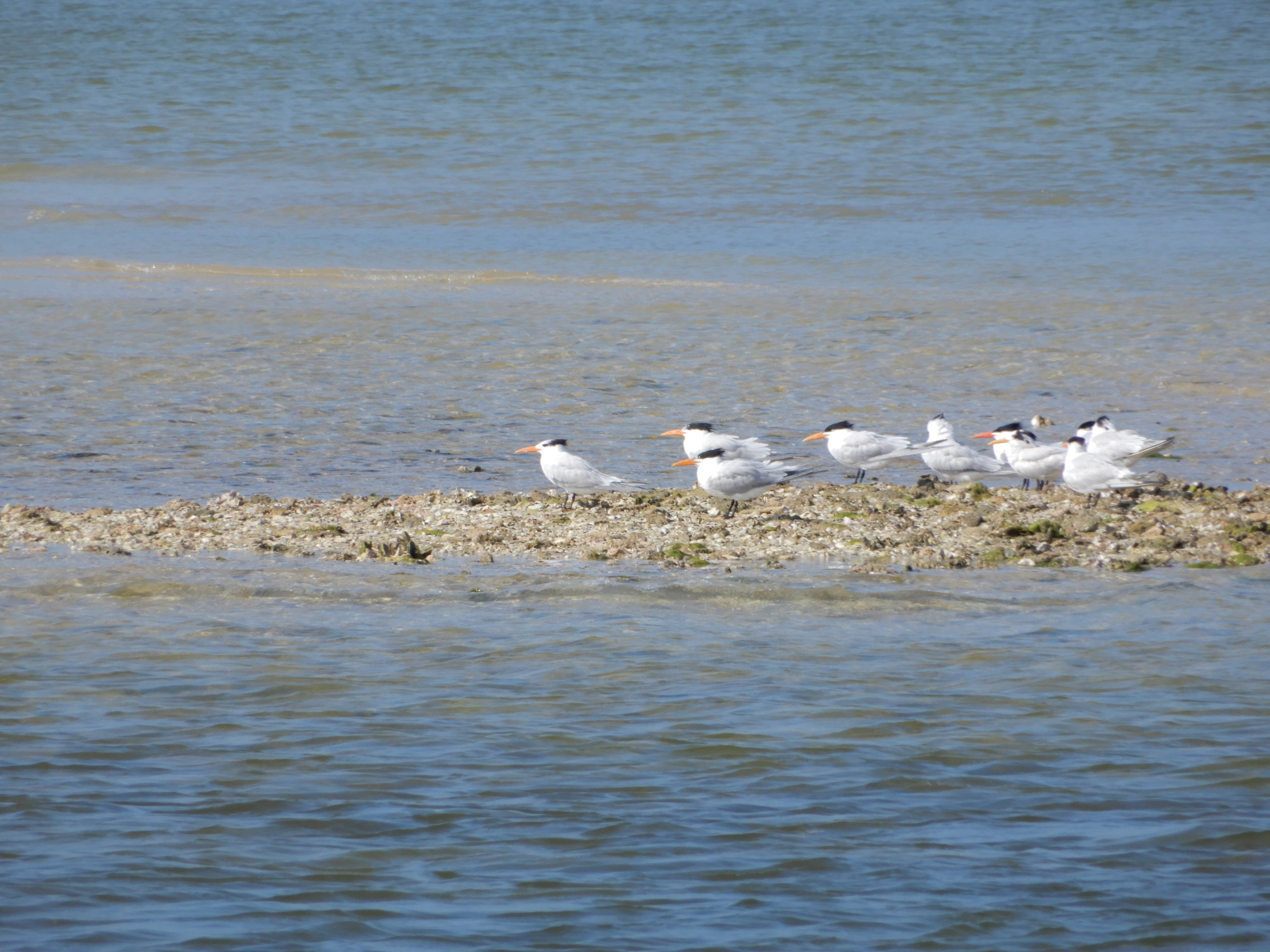
One of the 10,000 Islands.
The mangroves, which are an important nesting habitat for many species, were heavily damaged by Hurricane Irma.
Eric's view of the devastation.
We saw a Bottlenose Dolphin, although we did not get a great view. As it was alone, the captain suspected it was probably a bull.
Big Cypress National Preserve
We found a cache in this pretty spot behind the Visitor Center. Photo by Eric.
We also found a cache by the smallest US Post Office--Ochopee, FL. The postman was very friendly.
We took the Loop Road through the Preserve. It's a long drive on a gravel road, but we were surrounded by scenery like this.
As Eric drove along, I combed the trees for wildlife. I found an alligator.
Detail of powerful alligator leg.
Detail of alligator tail.
Eric's photo of an alligator head.
Red-bellied Turtle.
Yellow-bellied Turtle hiding in the reeds.
Male Anhinga.
White Ibis.
Black-crowned Night Heron. We saw so many of these. They grow them bigger here than they do back in California!
Red-shouldered Hawk.
Shark Valley
We re-entered the park proper in time to meet our tram tour through Shark Valley. Photo by Eric.
The ranger showed us these alligator trails. They are important because they help other animals find water. Photo by Eric.
These Bald Cypress trees are deciduous conifers. They drop their leaves in the winter, which adds tannic acid to the surrounding water. The tannic acid then erodes the limestone beneath, making holes and creating homes for wildlife.
The ranger let us feel the algae that was growing all around us. It felt very clean.
The tram road took us to this old fire observation tower. We could walk up to the bottom of the stair on a ramp, but the stairs were closed.
View of the sawgrass prairie from the tower. I could see why the ranger said the Everglades was the first national park to be created for its wildlife rather than its scenery.
Spatterdock in bloom.
The ranger pointed out this tree growing straight out of the limestone.
Of course, there were more alligators in Shark Valley.
Eric took a picture of an alligator looking at us.
With the alligator this close to the tram, it was impossible to stay the requisite distance away from it. The Park Service lets people bicycle along the road here, too. Photo by Eric.
Eric took a picture of the alligator's head.
The ranger told us that these two alligators were courting each other.
One of them turned to check out the tram.
Our diver spotted this snake by the road. She and the ranger were not sure of the species.
The Everglades is known for its exotic bird species.
Female Anhinga.
Eric took a picture of the male Anhinga drying his wings.
A tree full of juvenile Anhingas.
Eric caught the female Anhinga extending her neck and wings.
Boat-tailed Grackle, a new bird for me.
Glossy Ibis, another new bird for me.
It looks like a gigantic Great Egret, but it is actually the white morph of a Great Blue Heron.
Eric photographed the Little Blue Heron, a new bird for me.
A tree full of Cattle Egrets.
We got a look at some Roseate Spoonbills, particularly beautiful birds.
We made our way to the Floridian Inn of Homestead, the serviceable place that would be our base for the next three nights. We had so many pictures to sort that we just grabbed a hot roast chicken from the Publix for dinner and ate it in our room!
On to Everglades Day 2.
